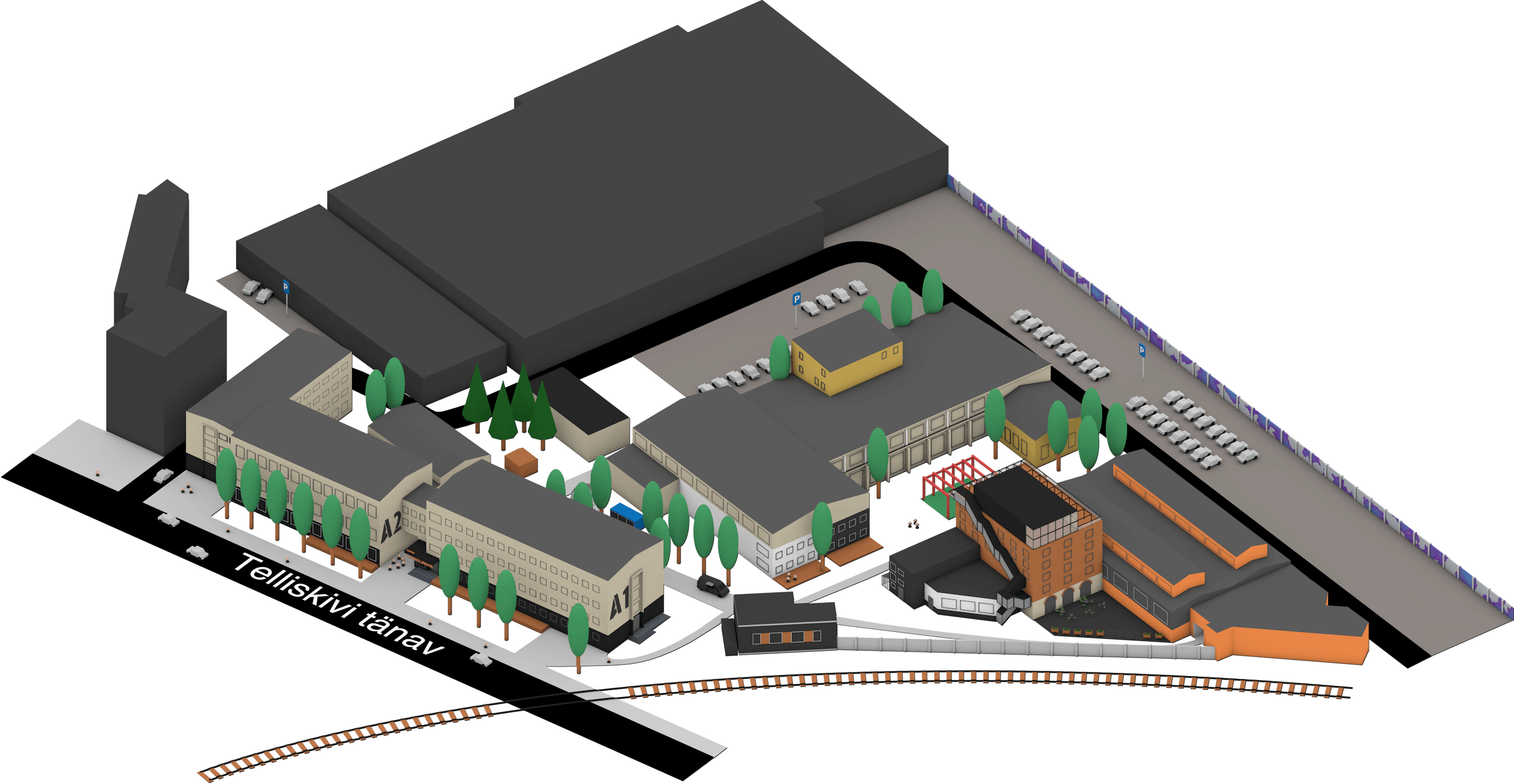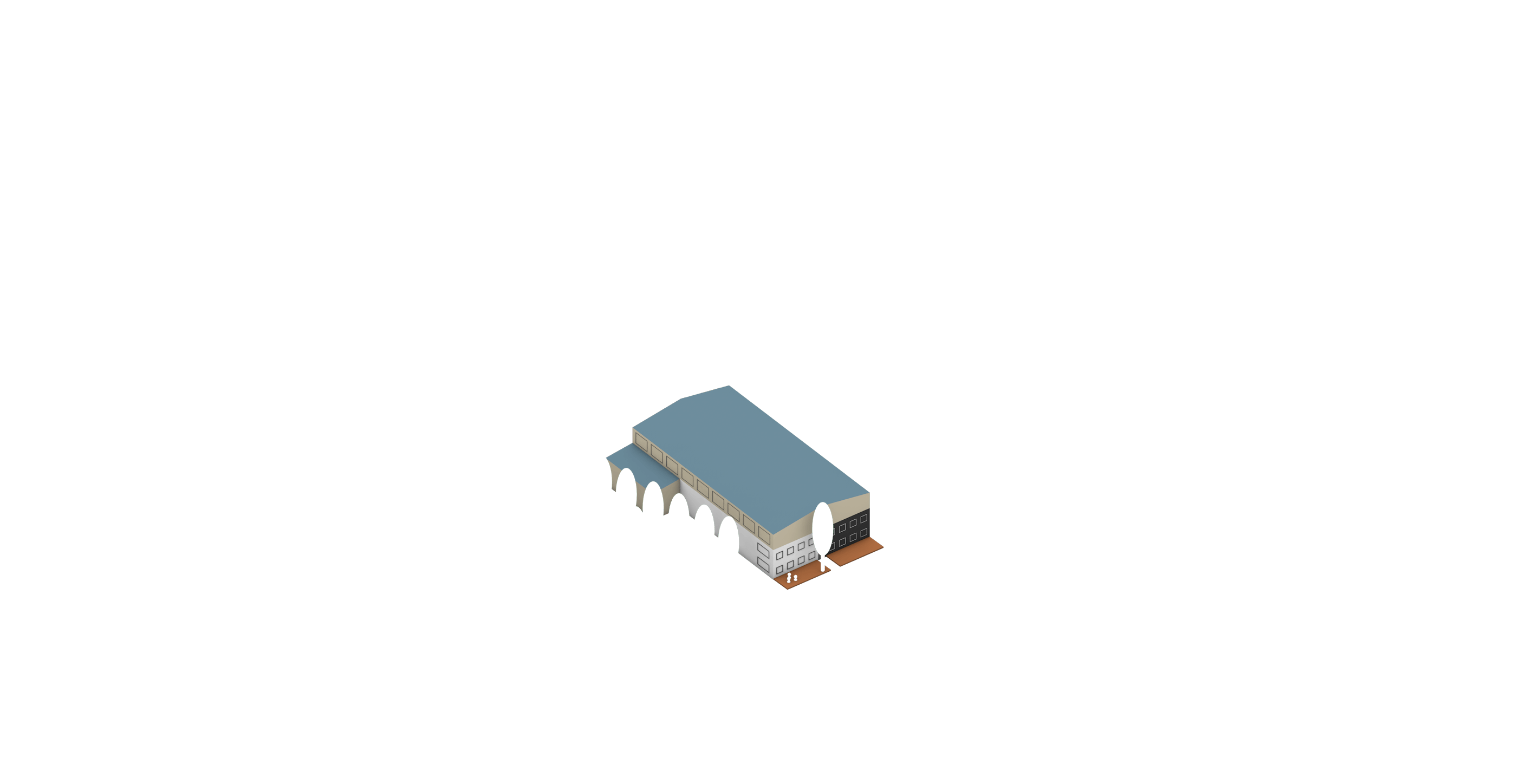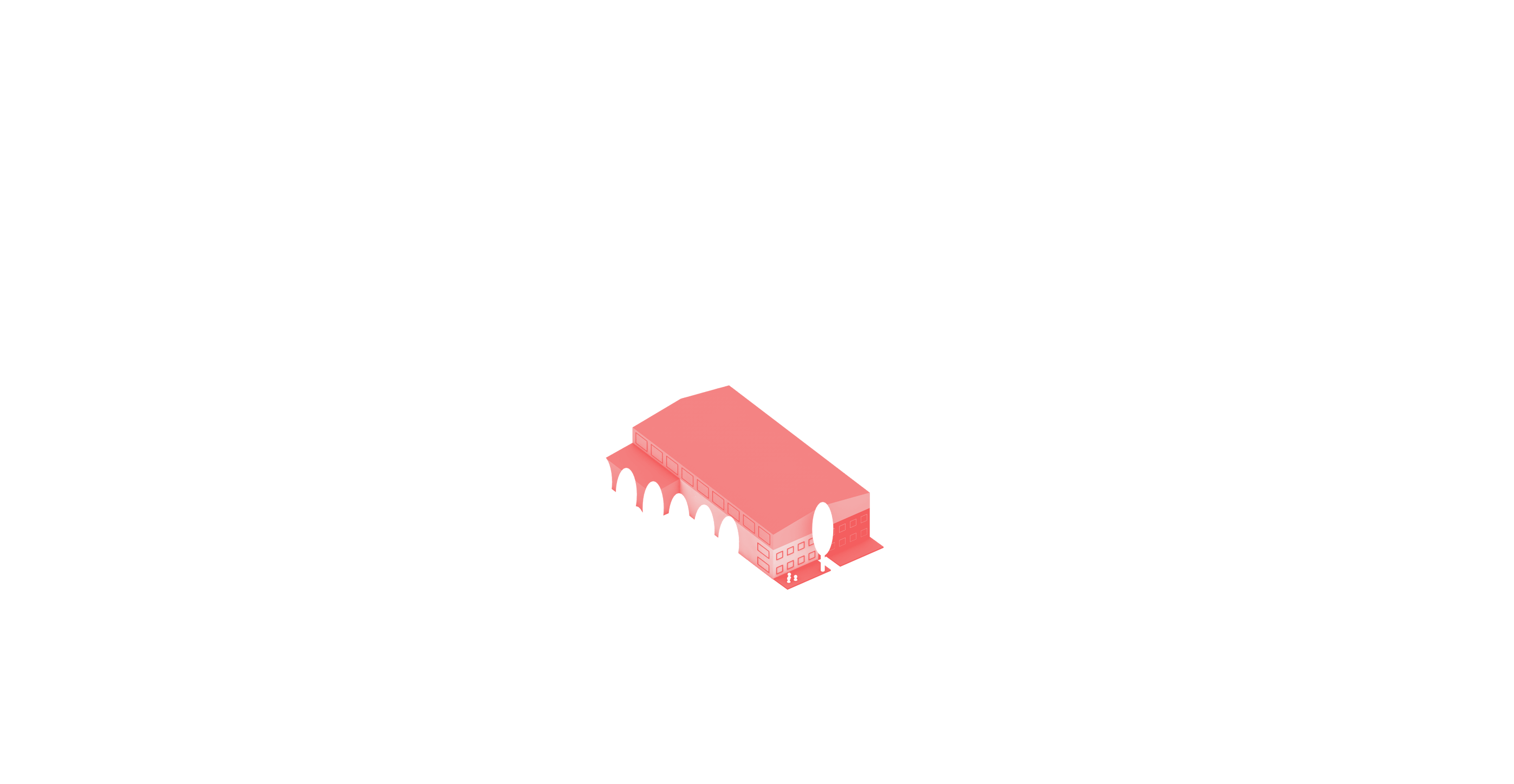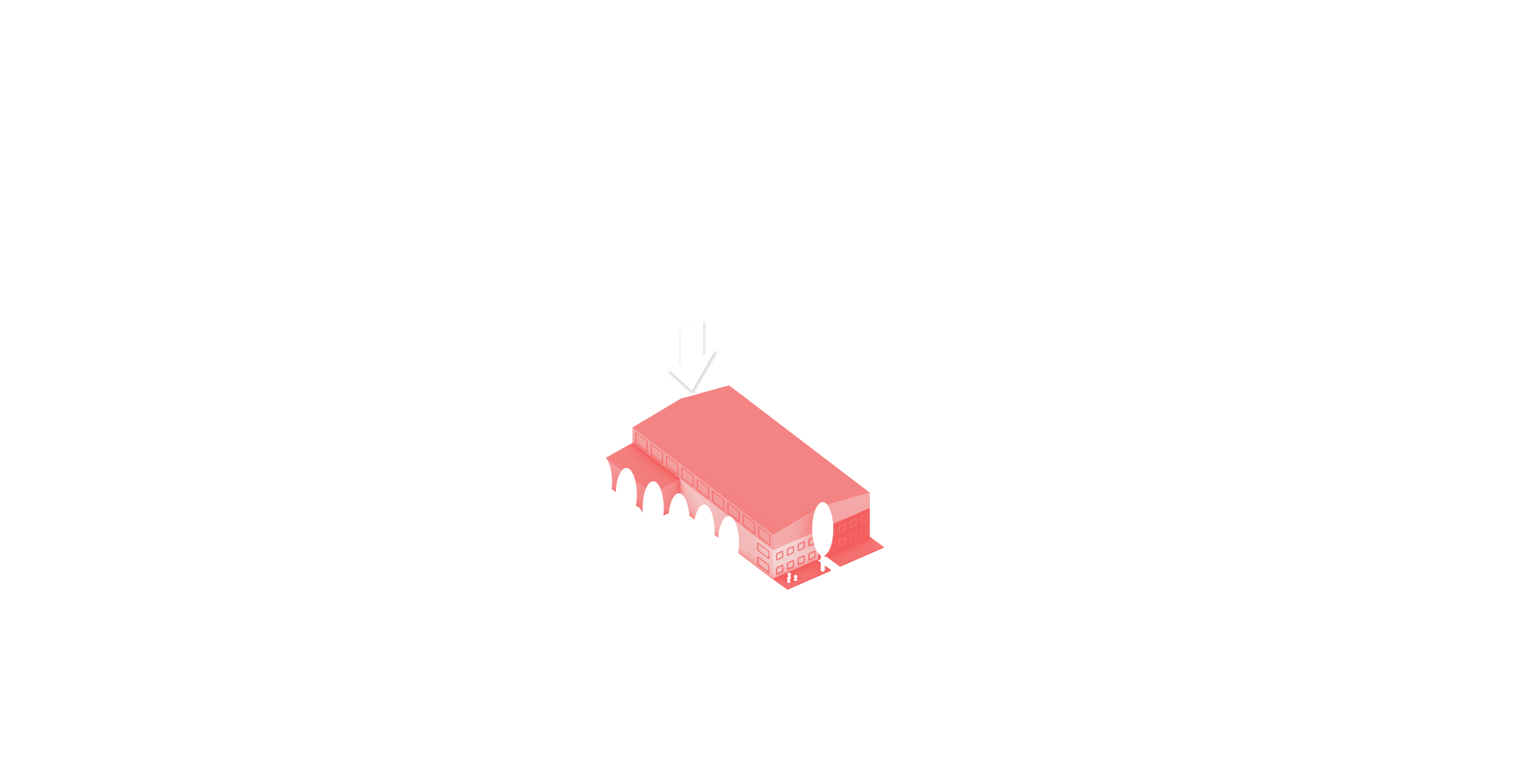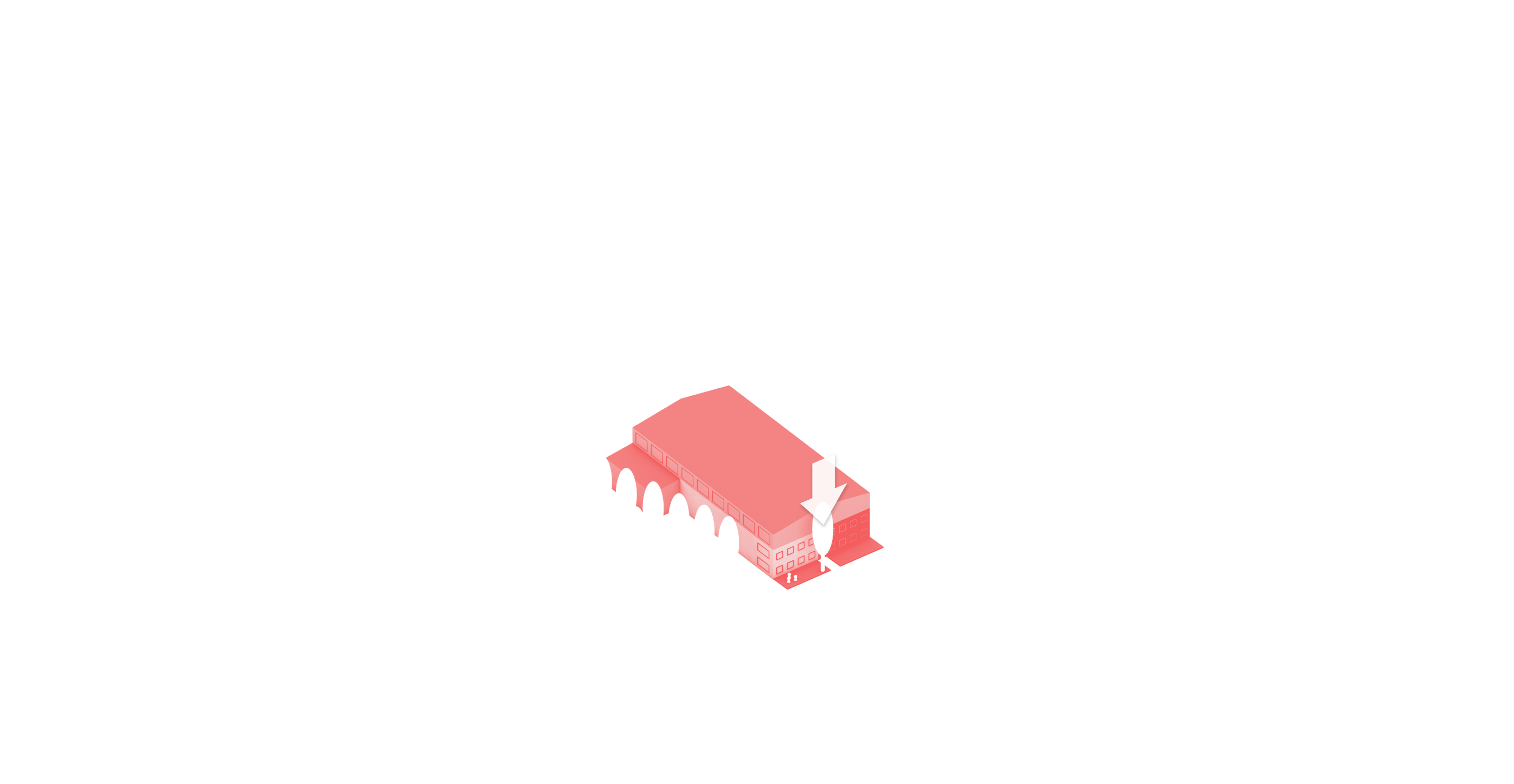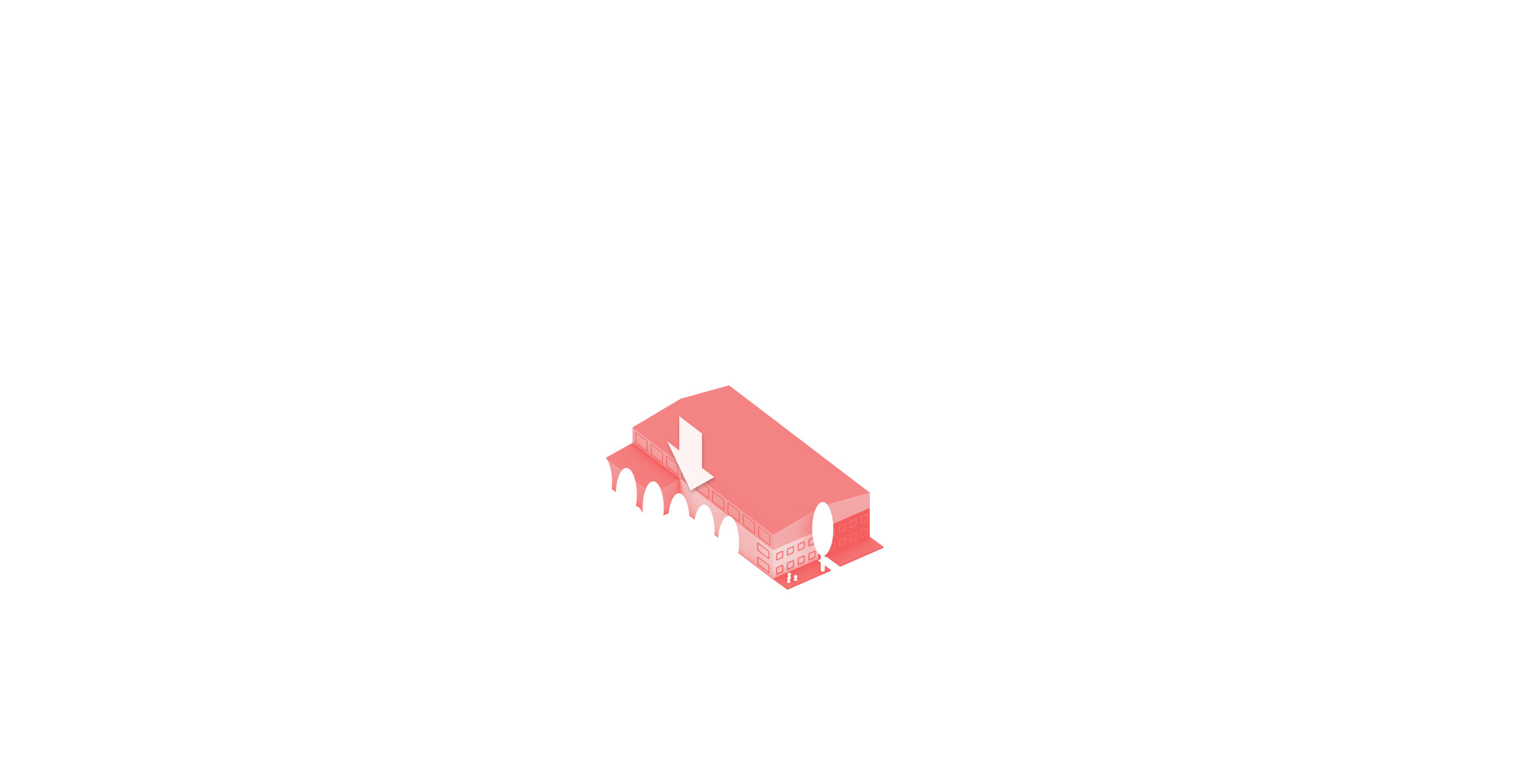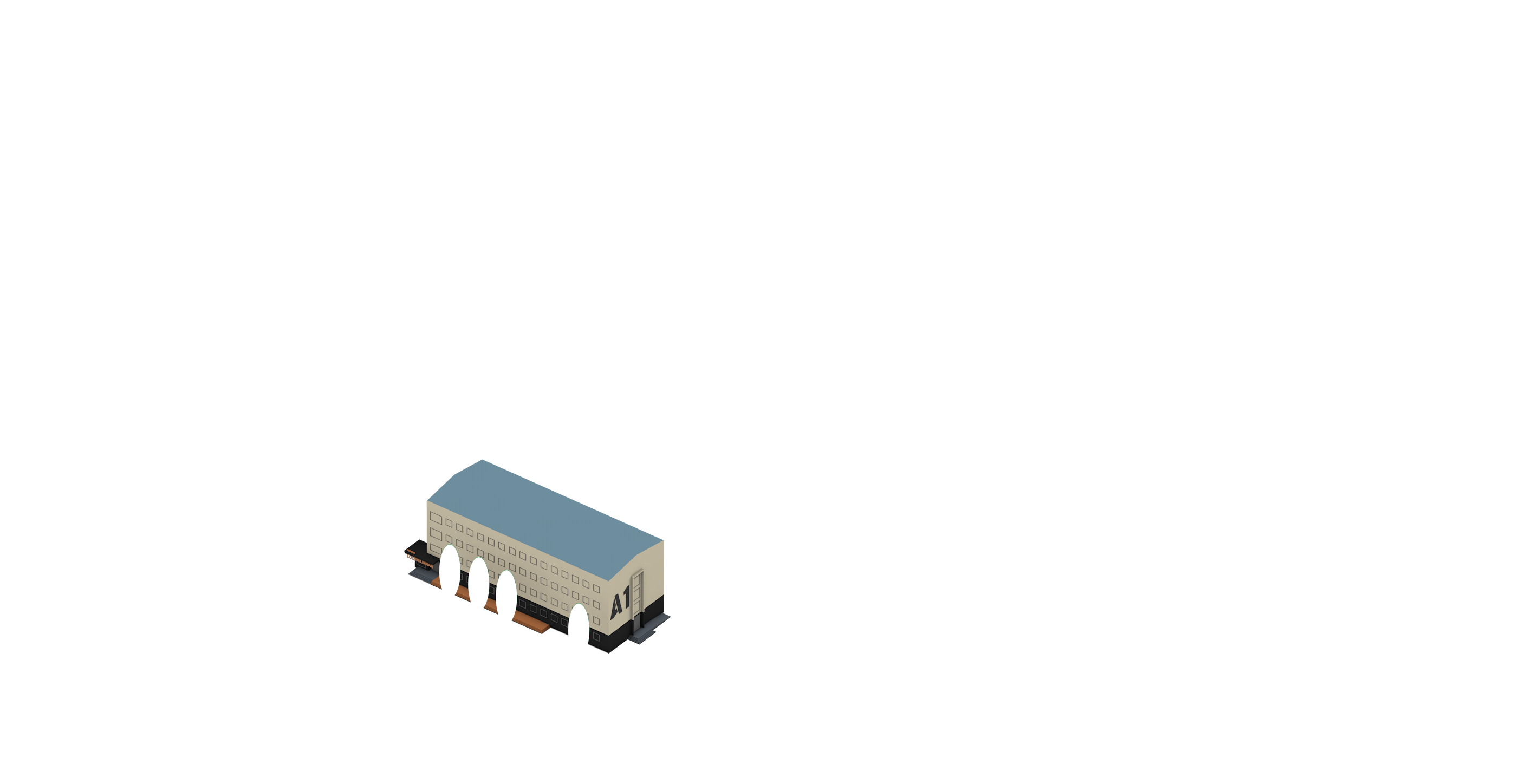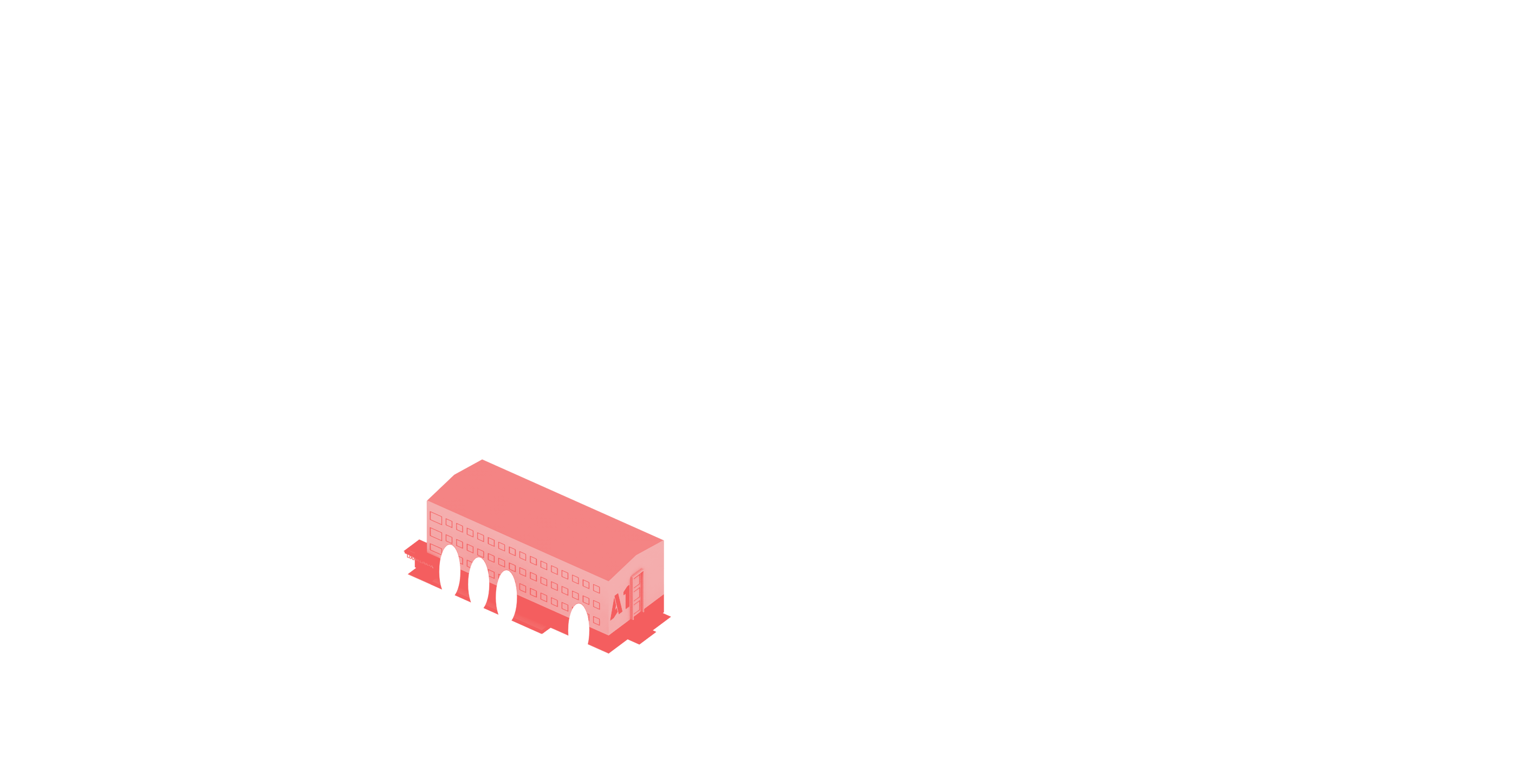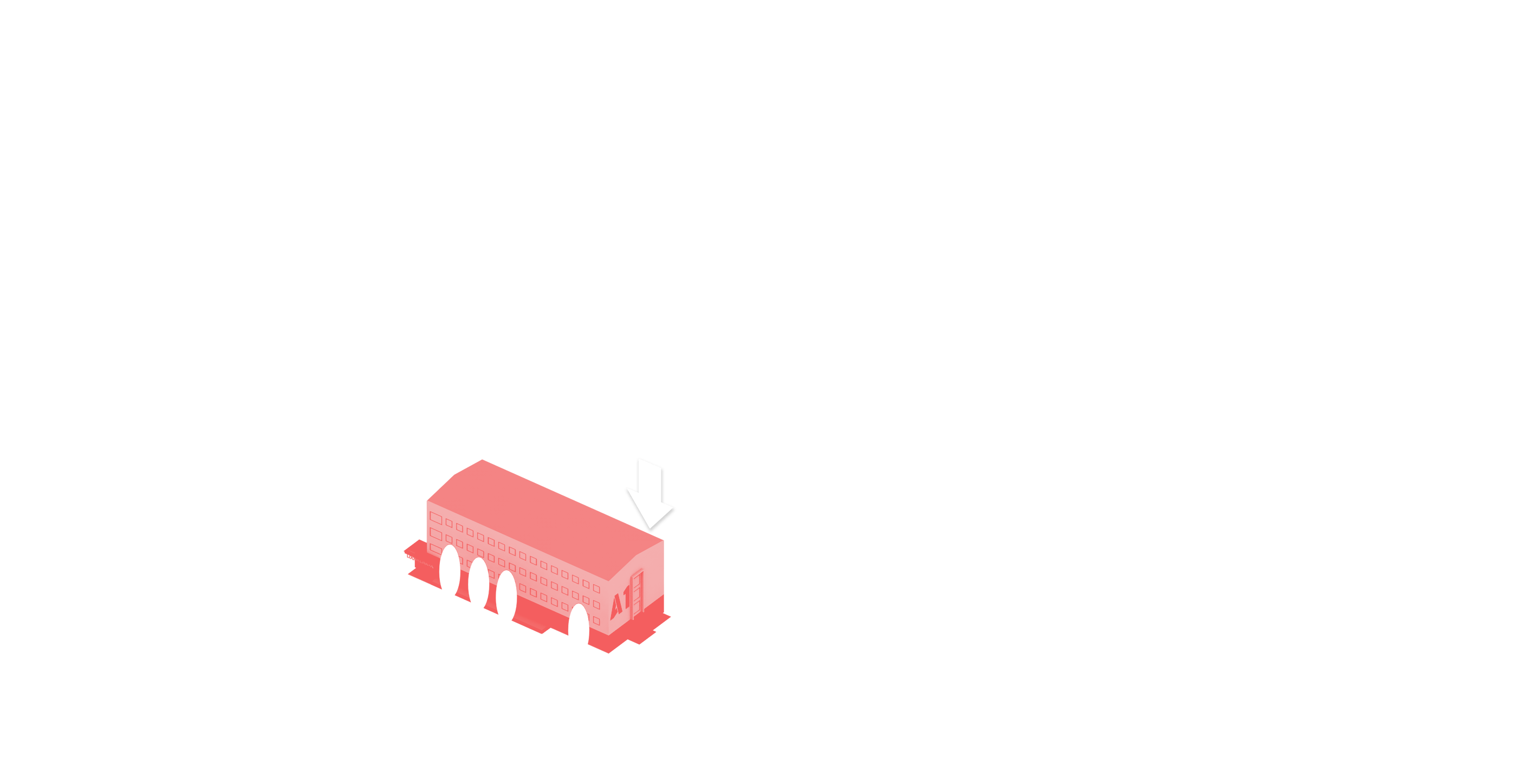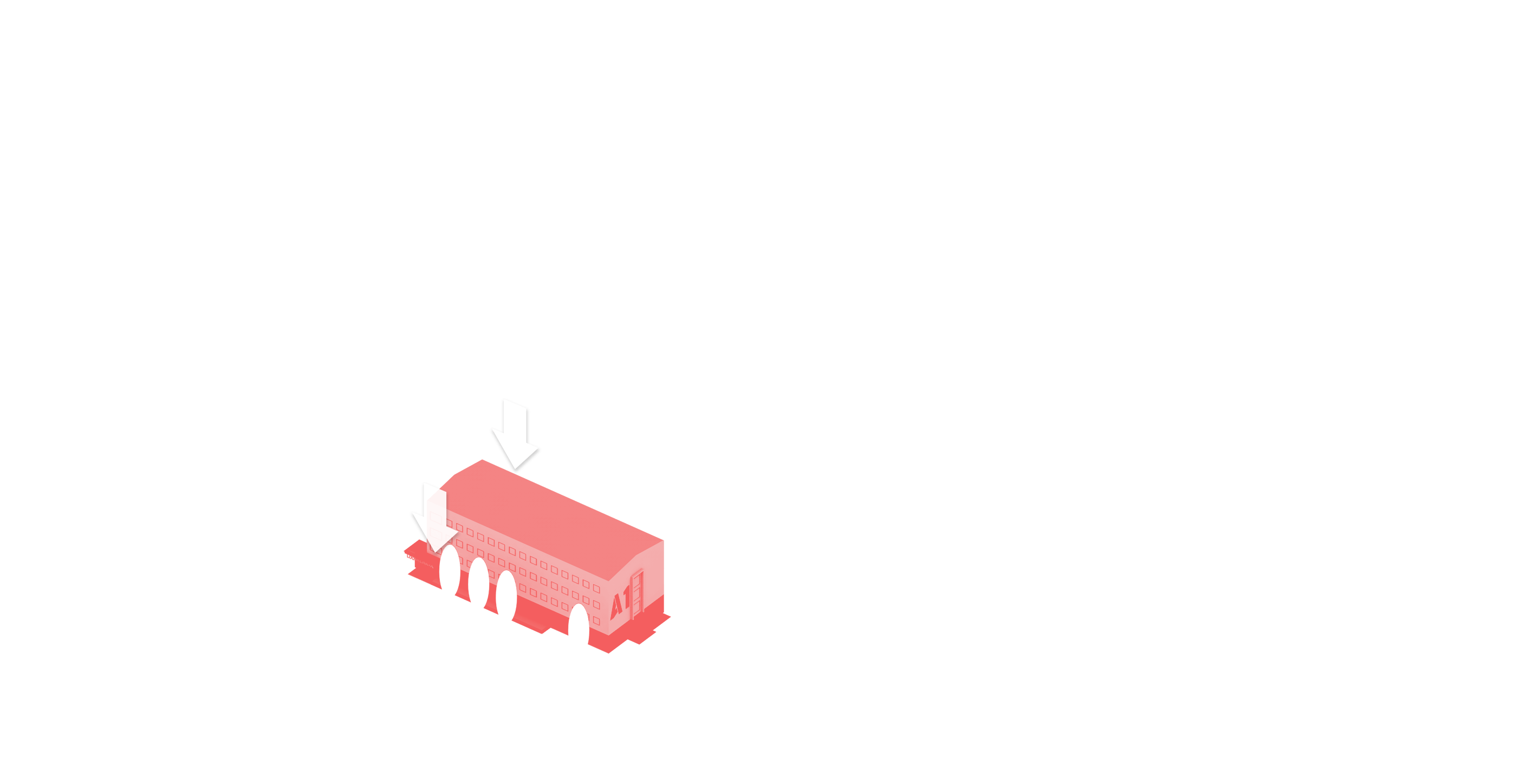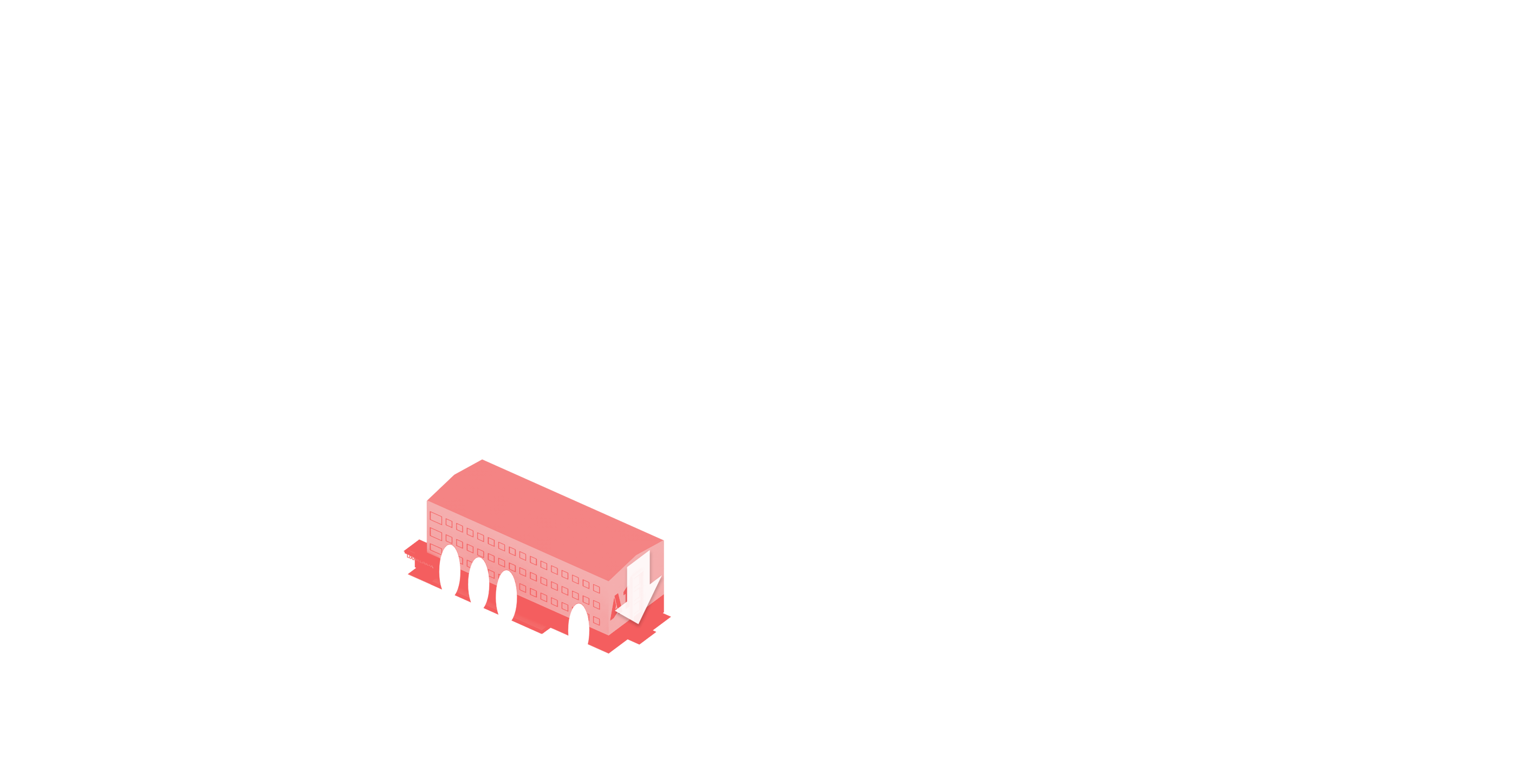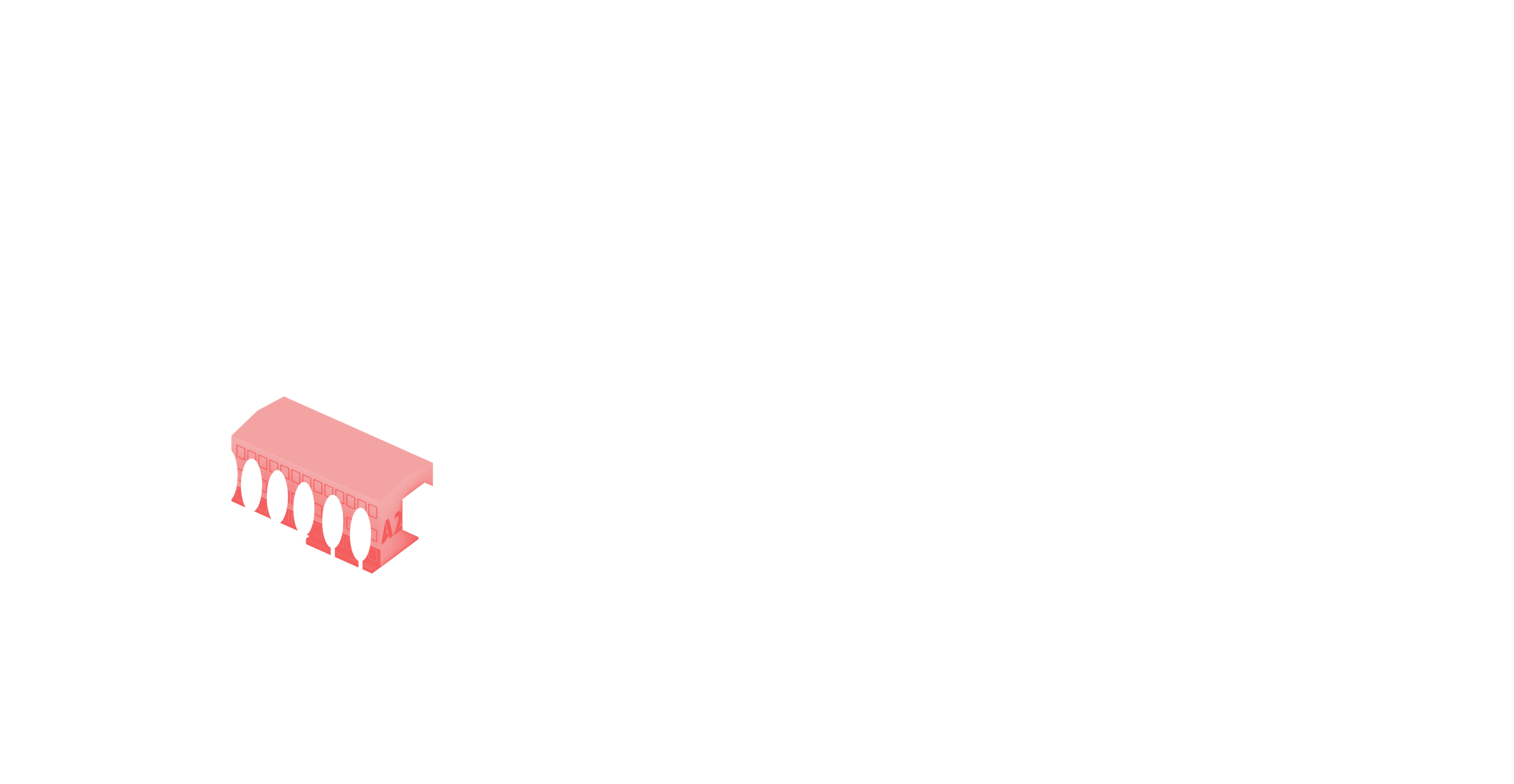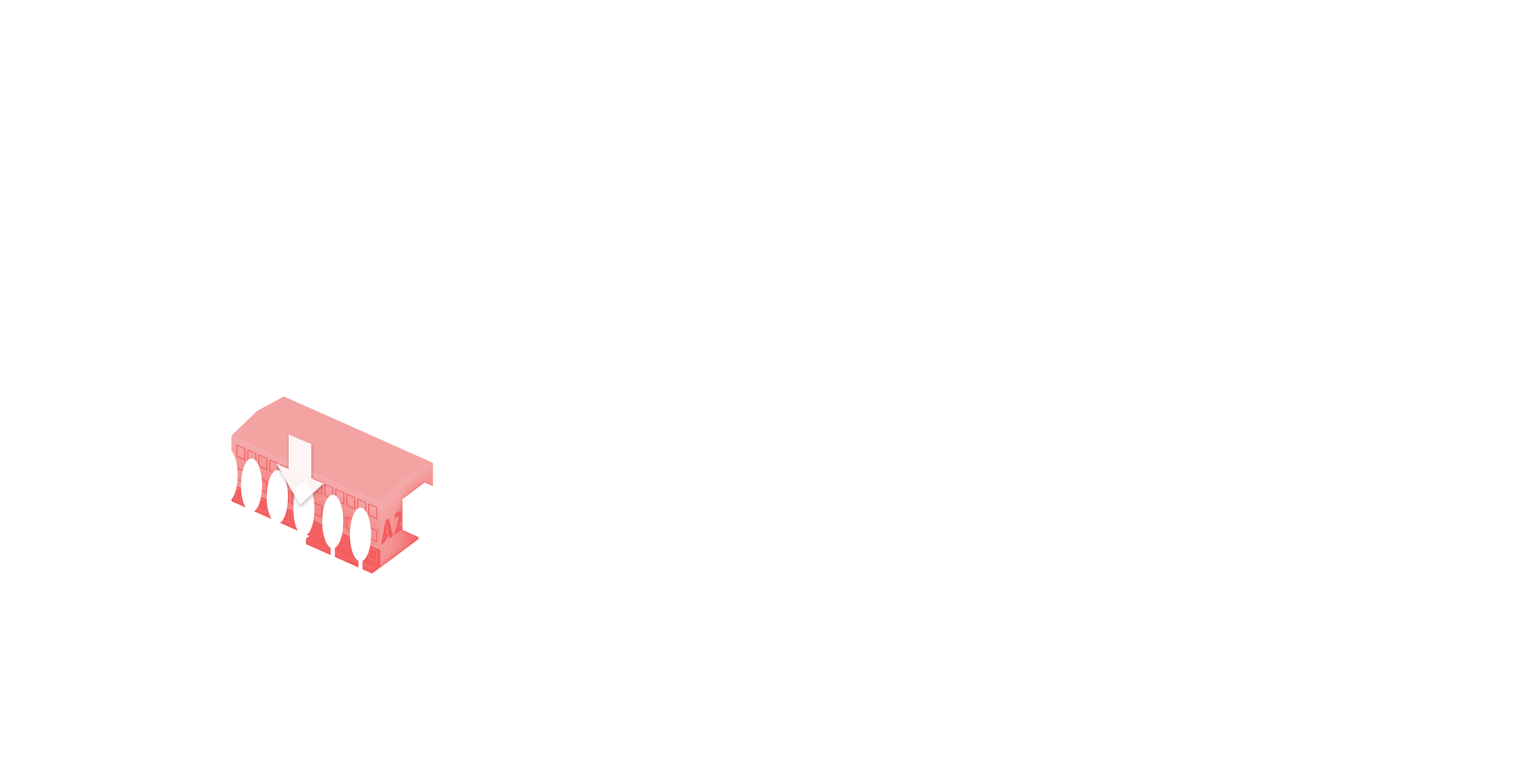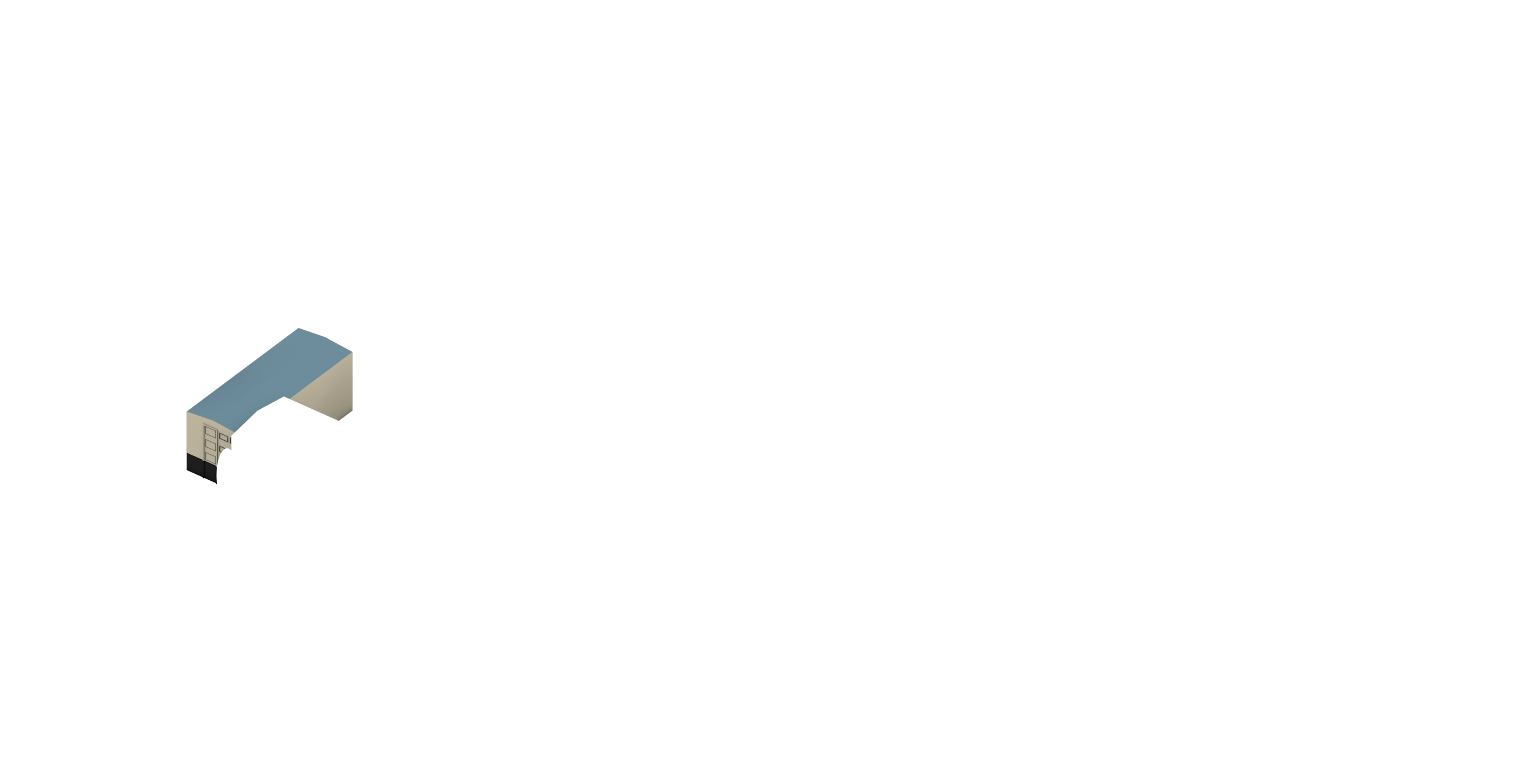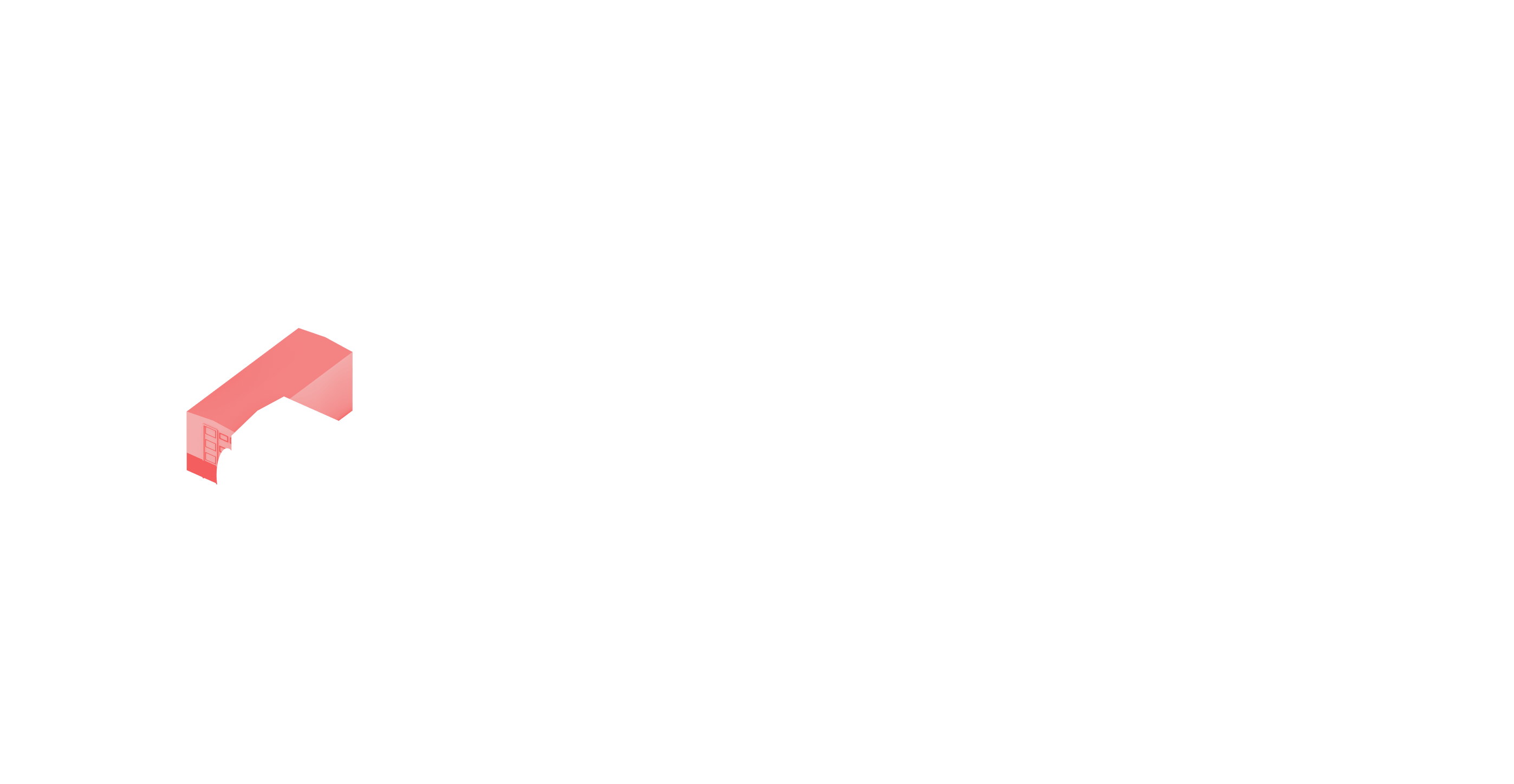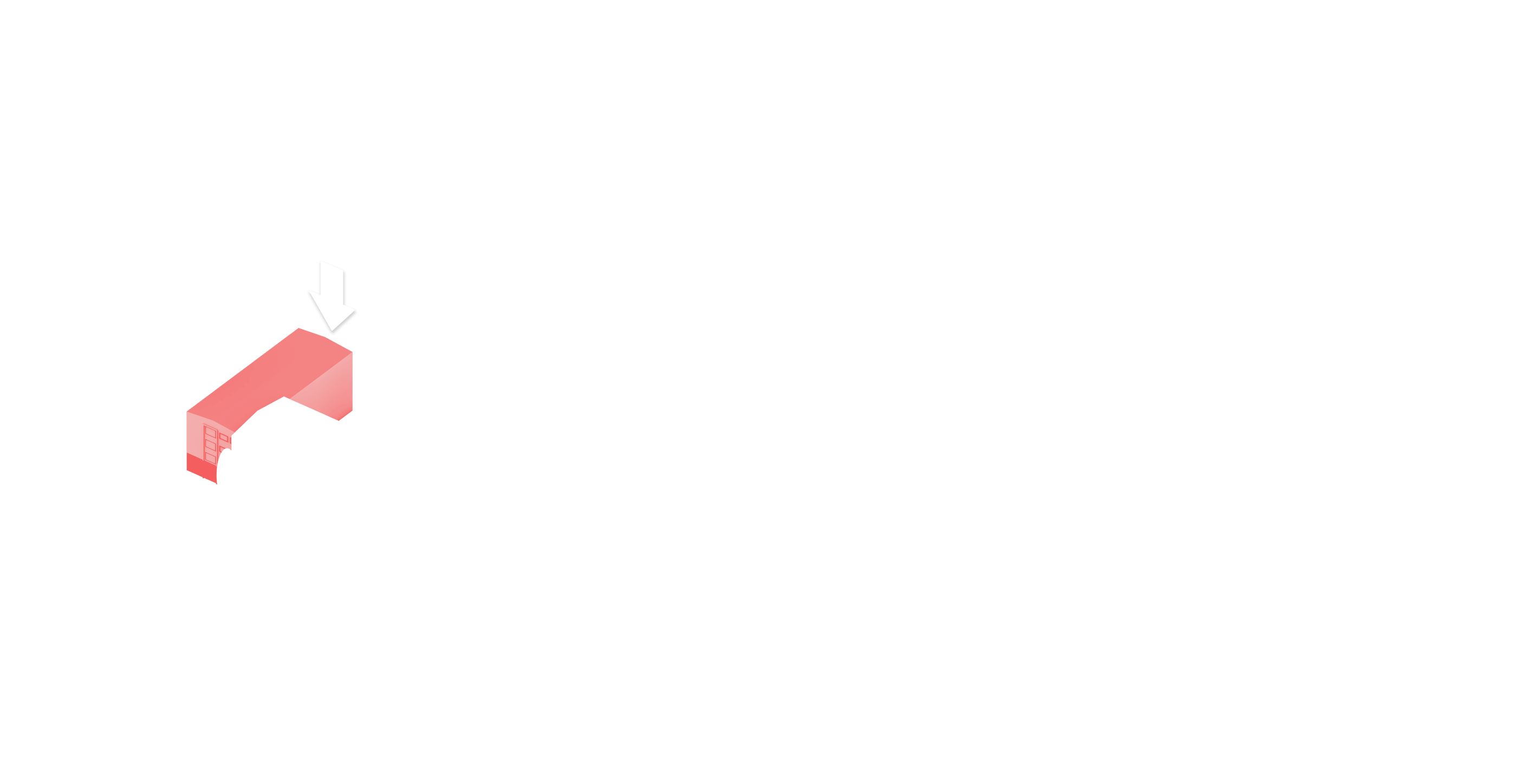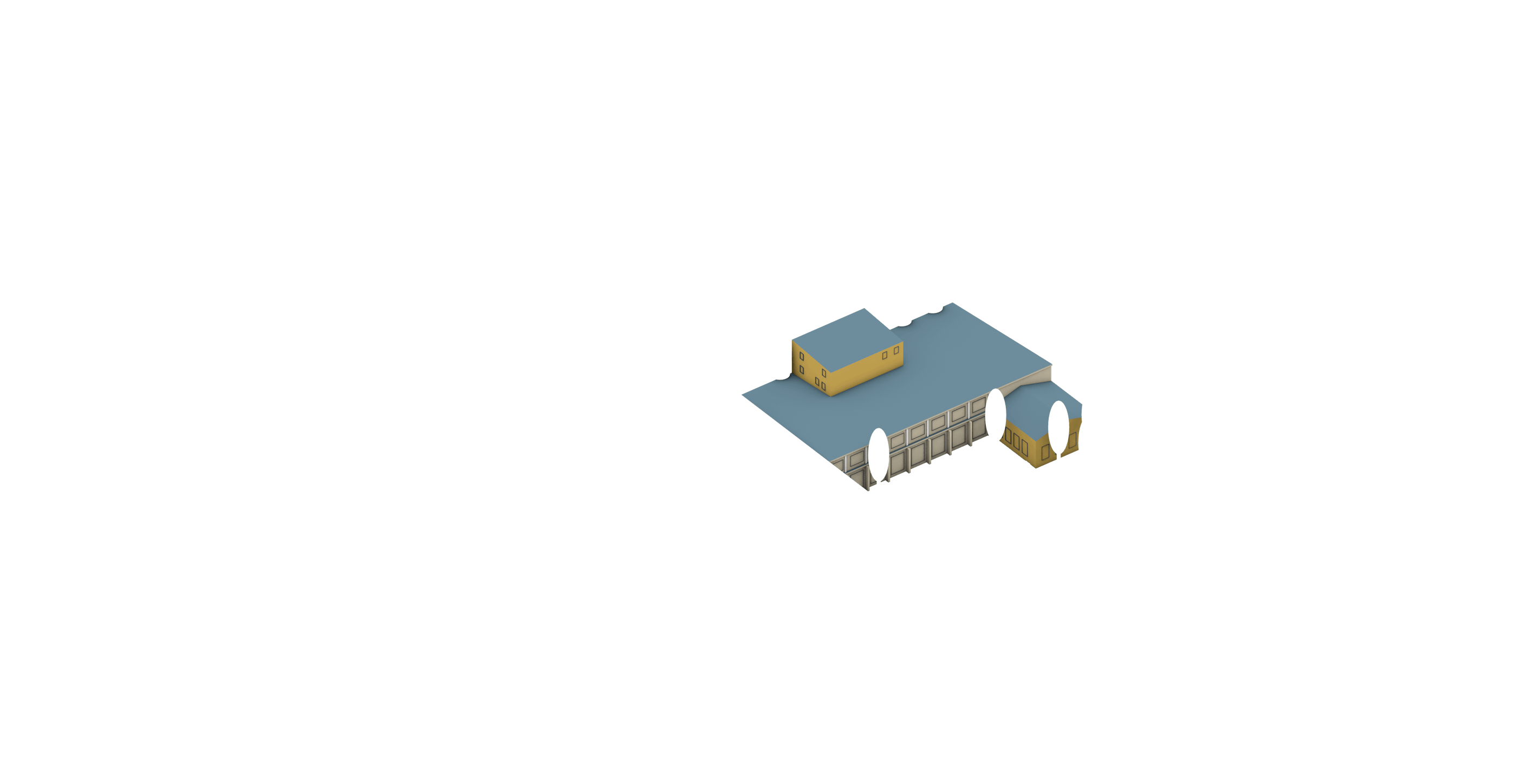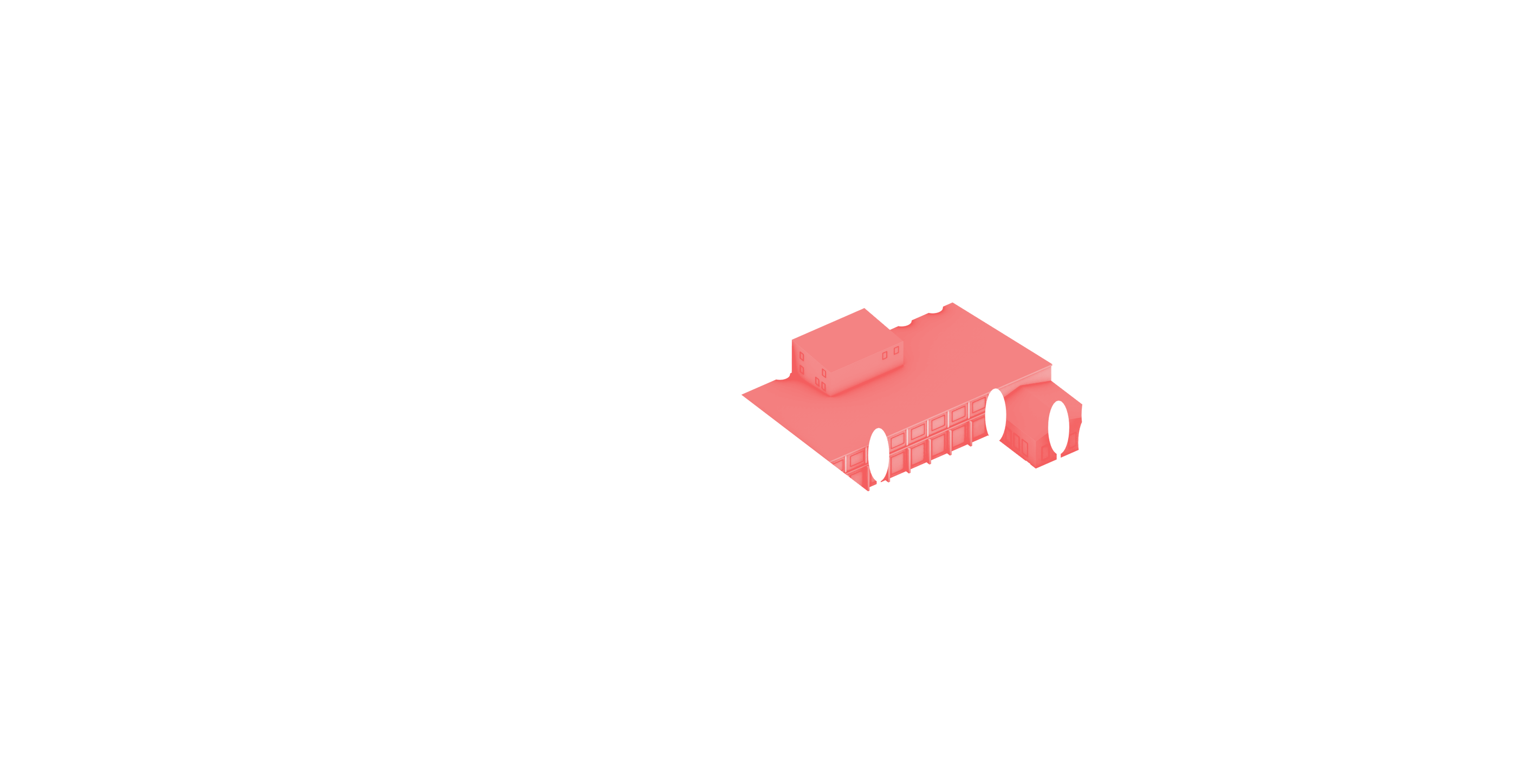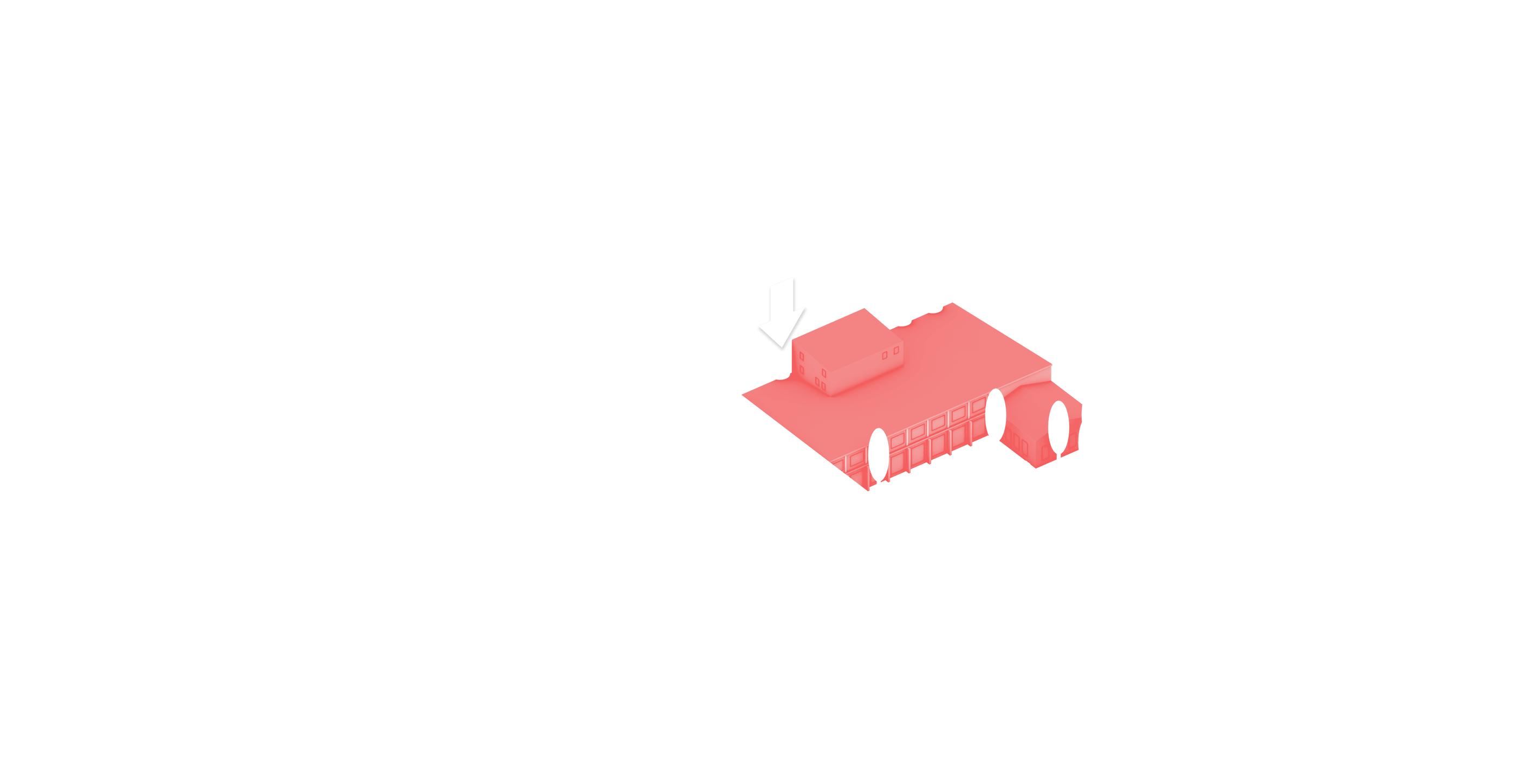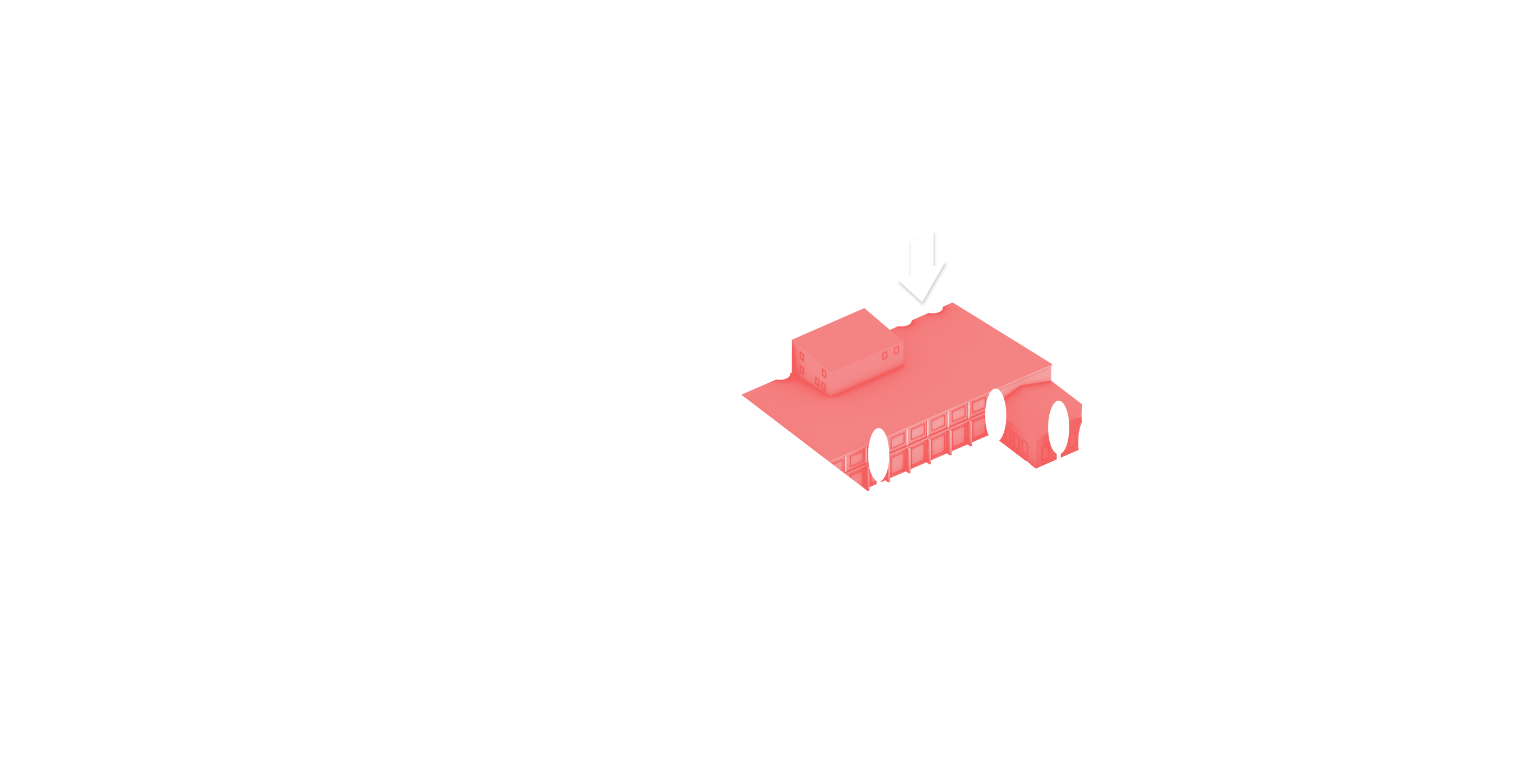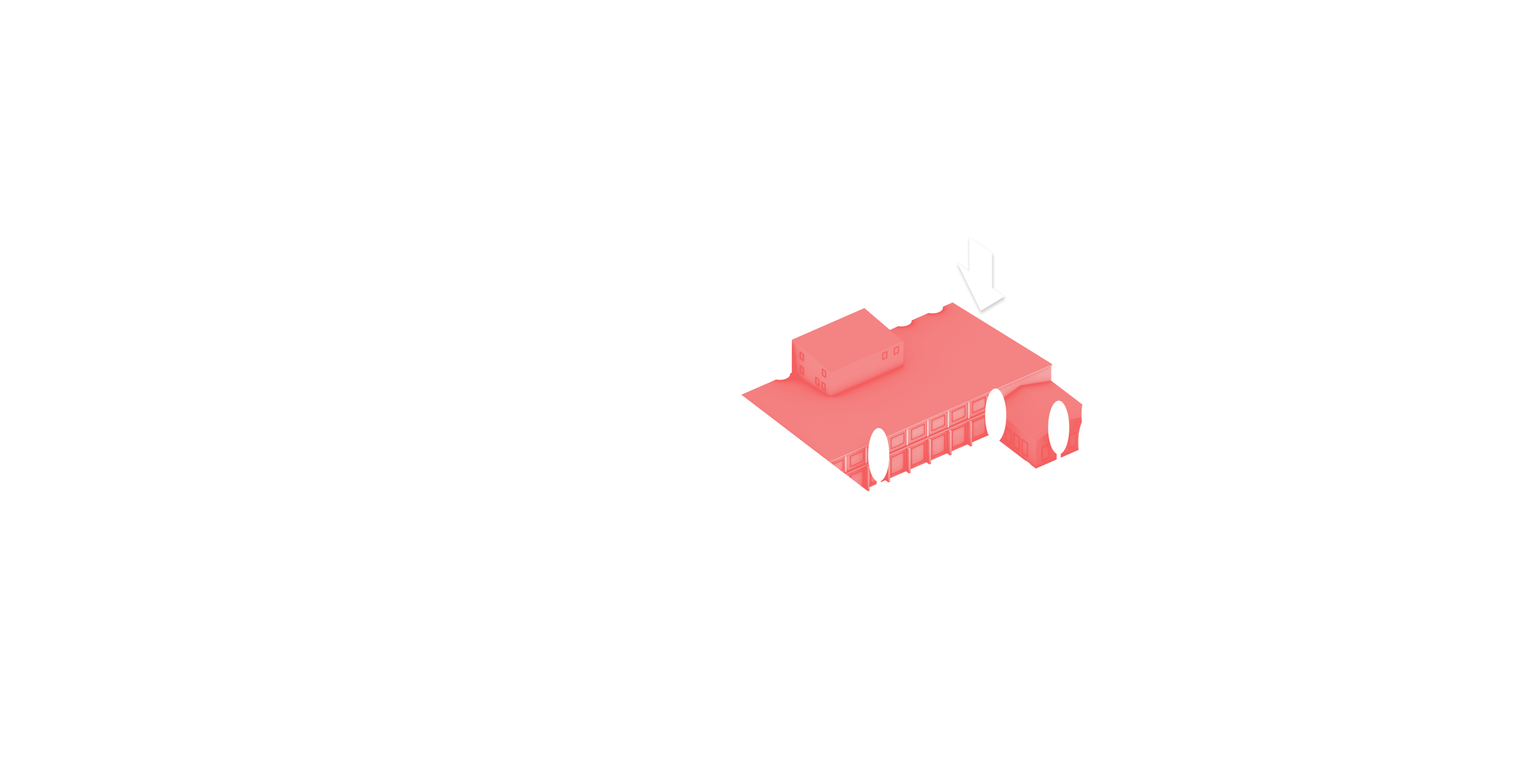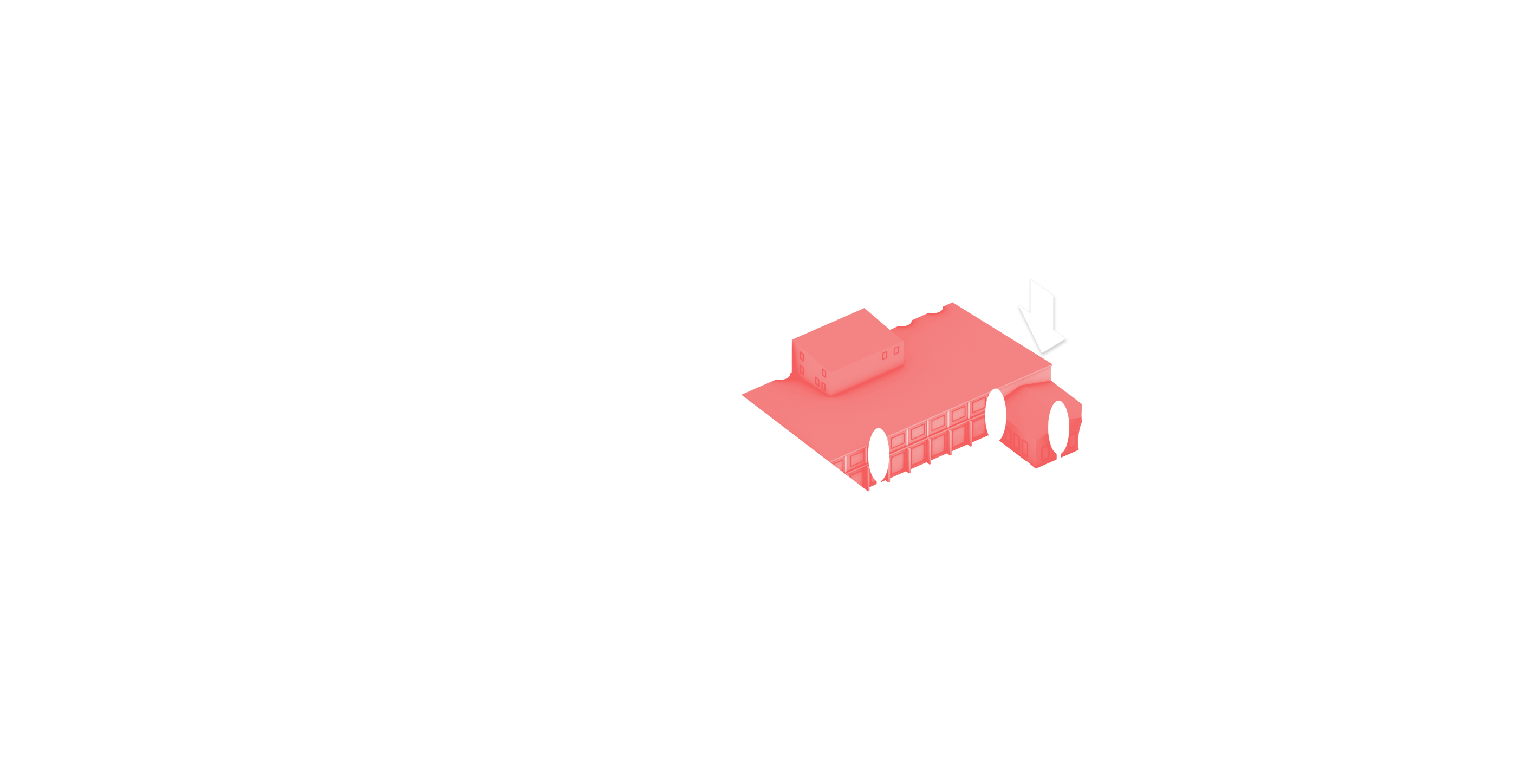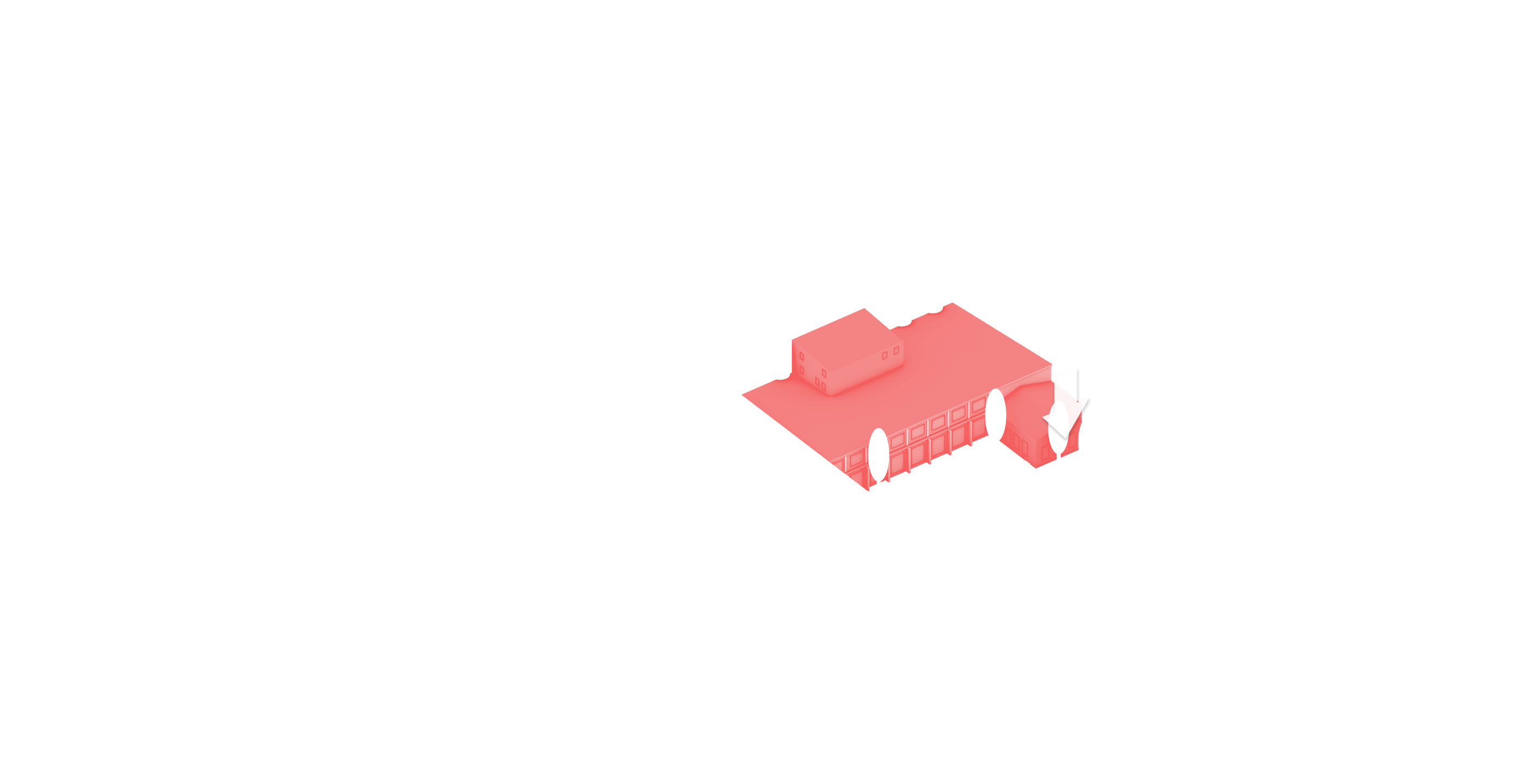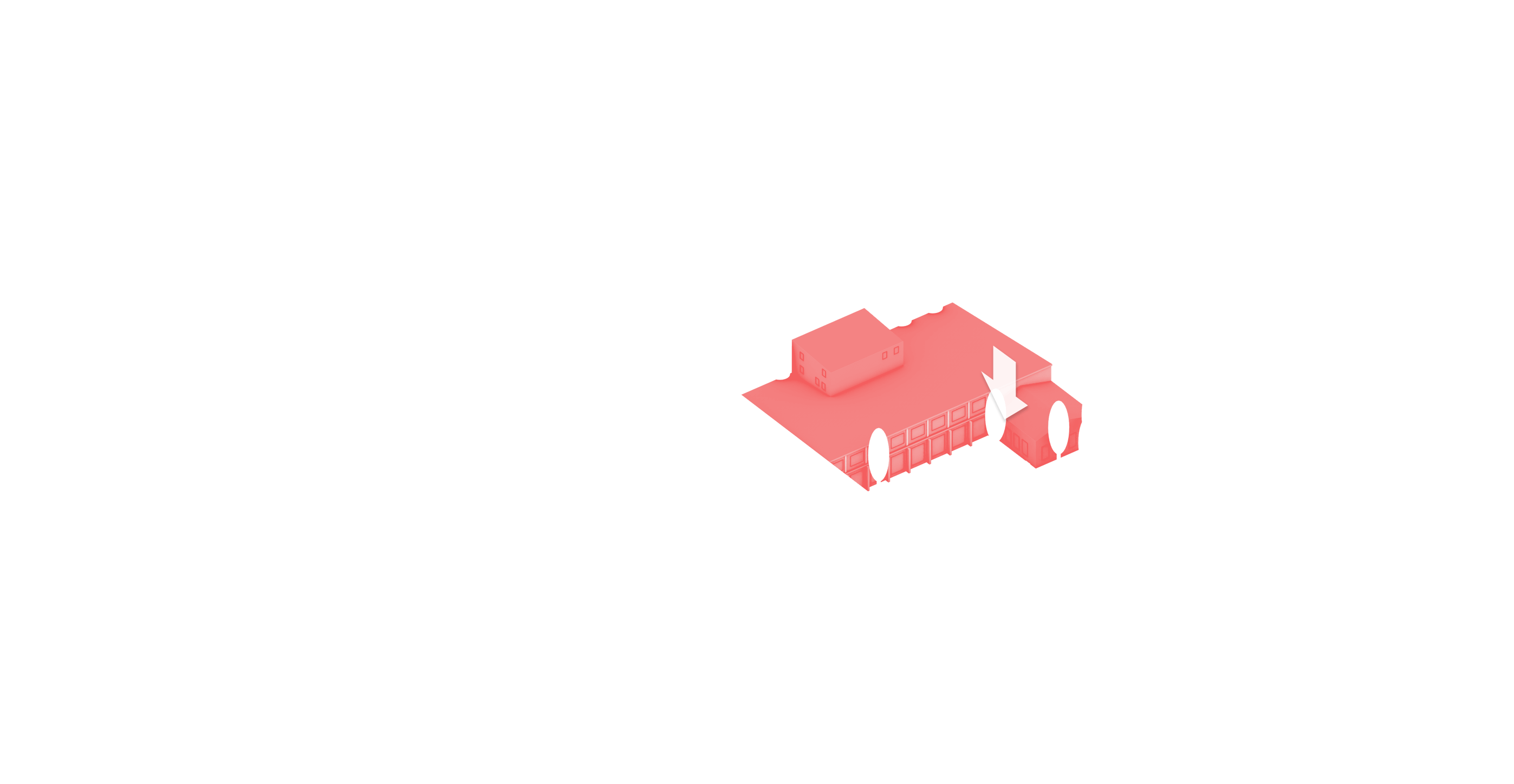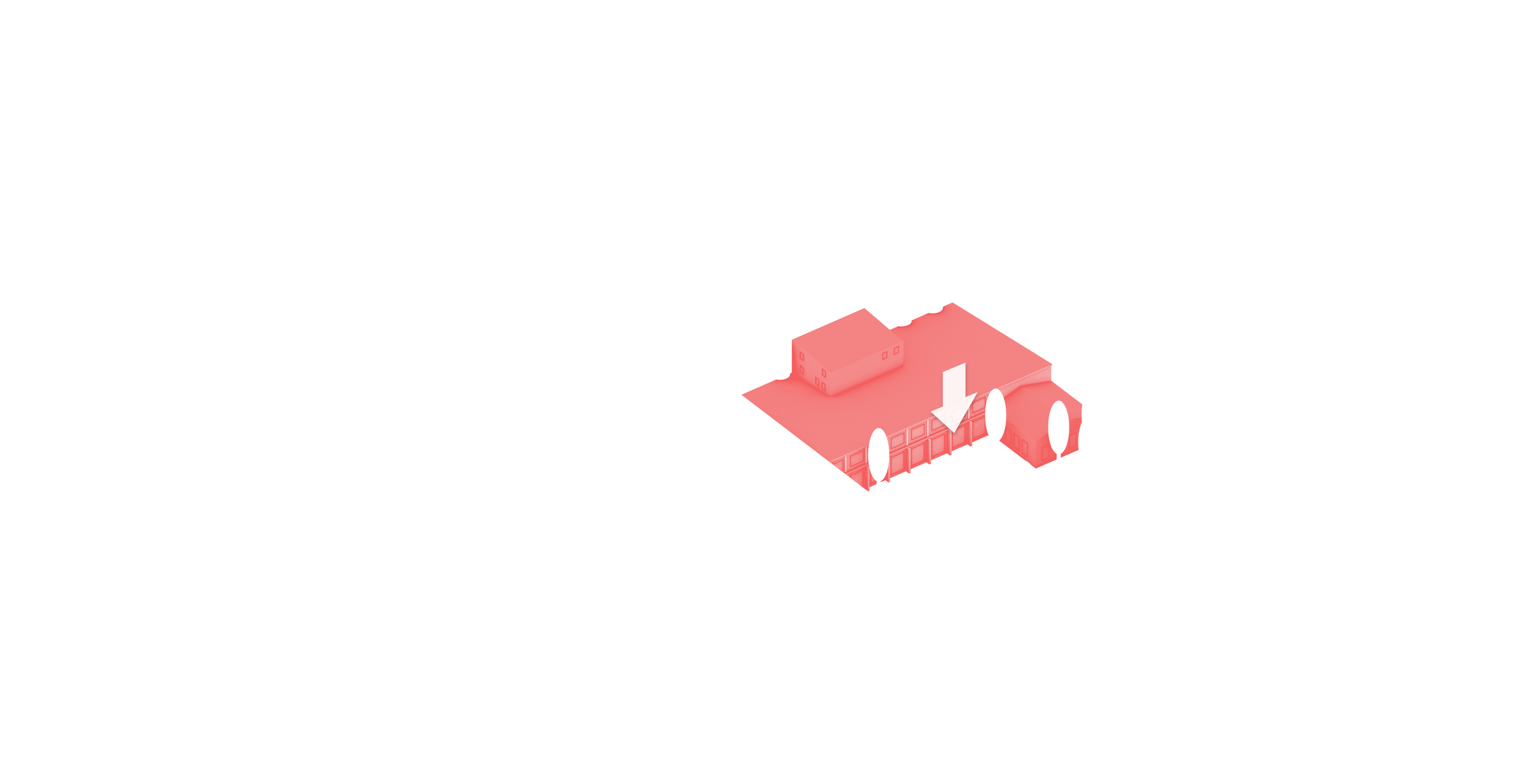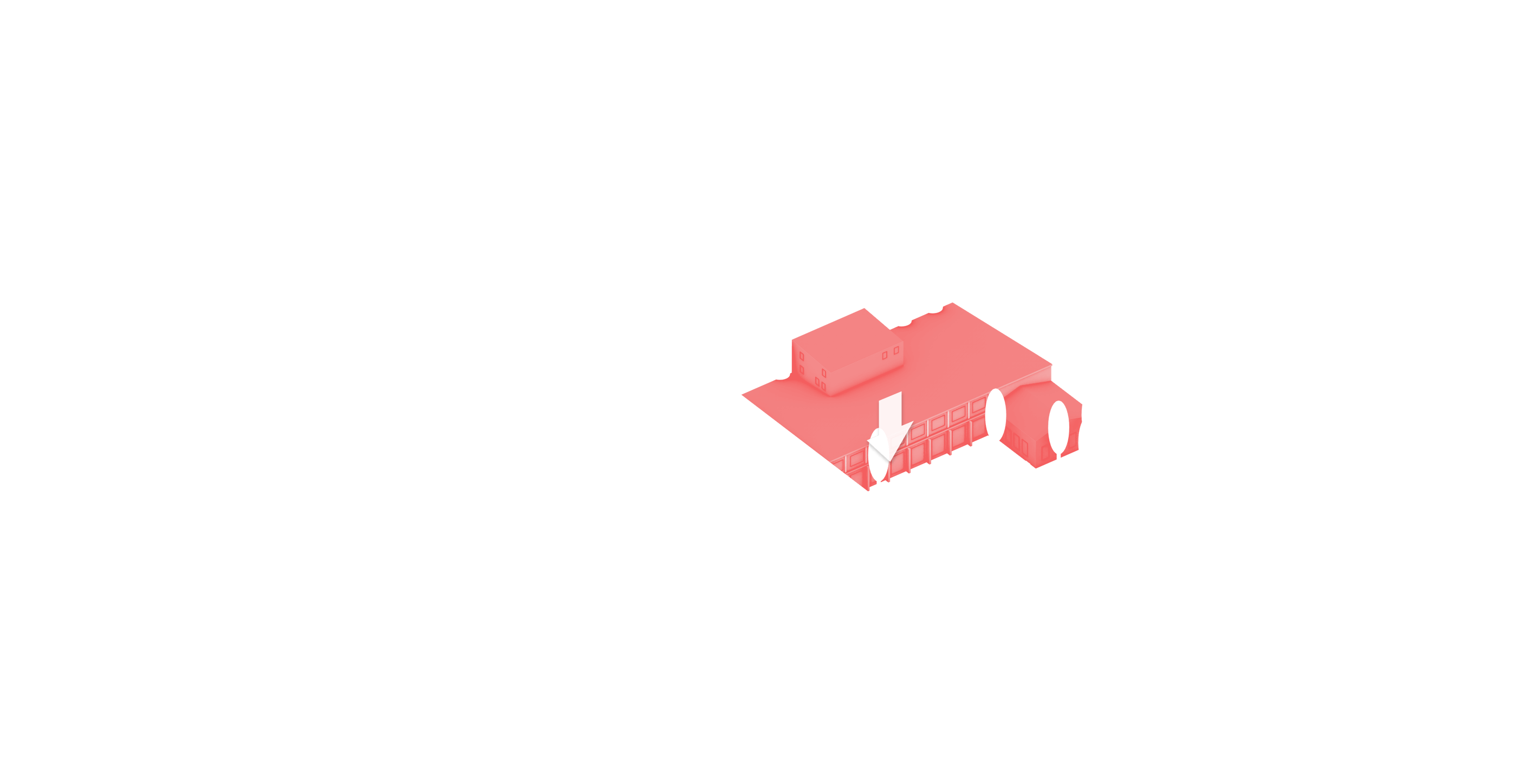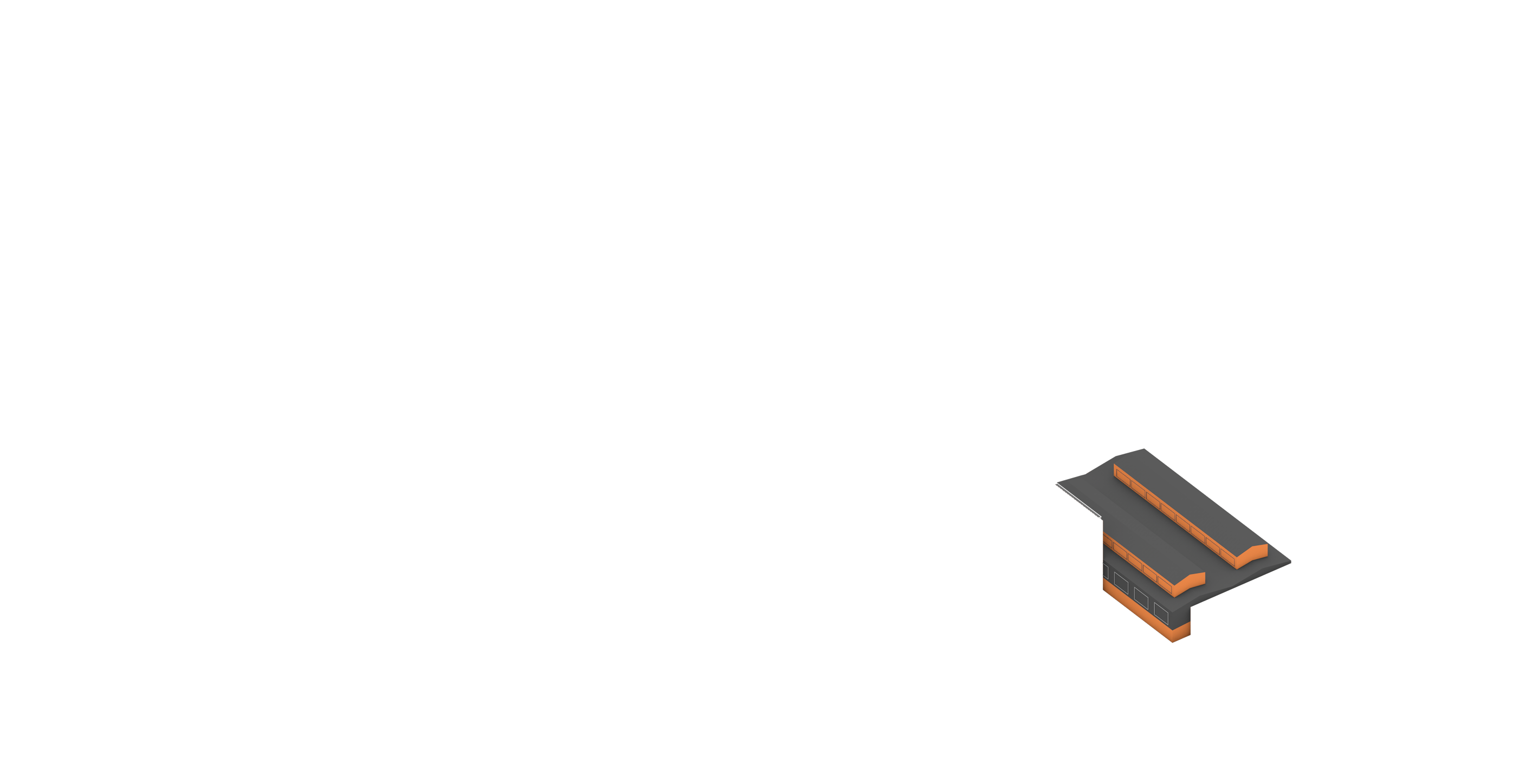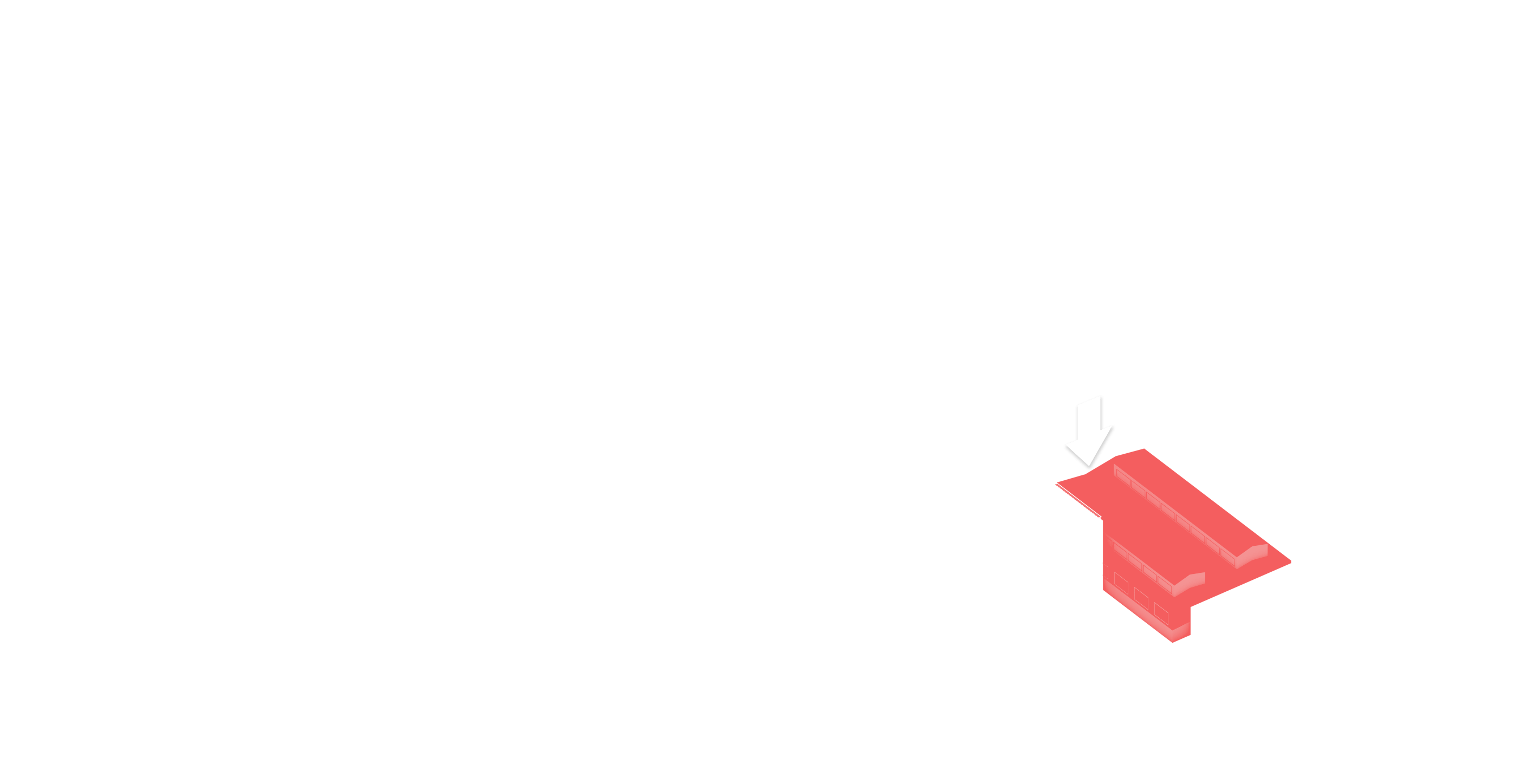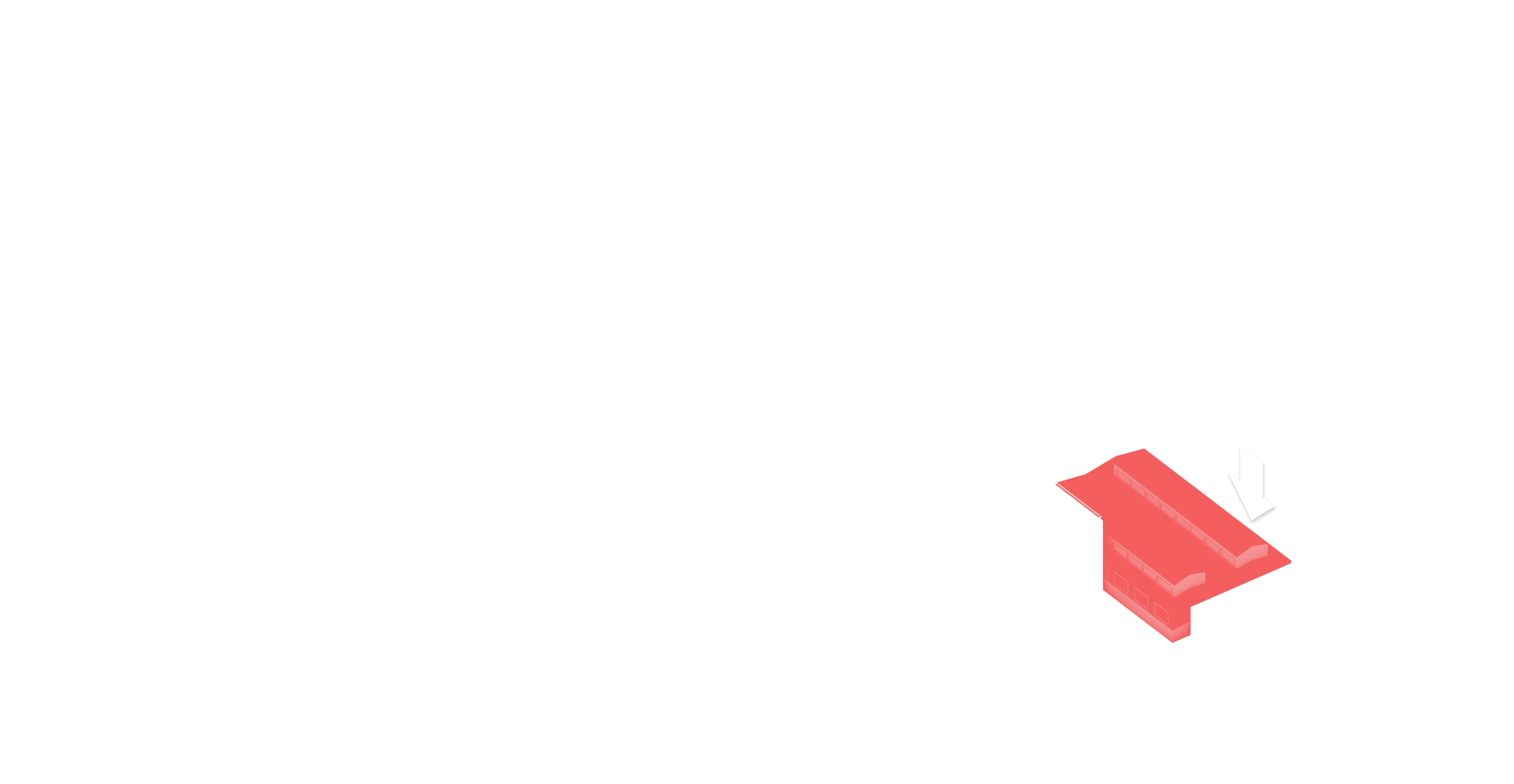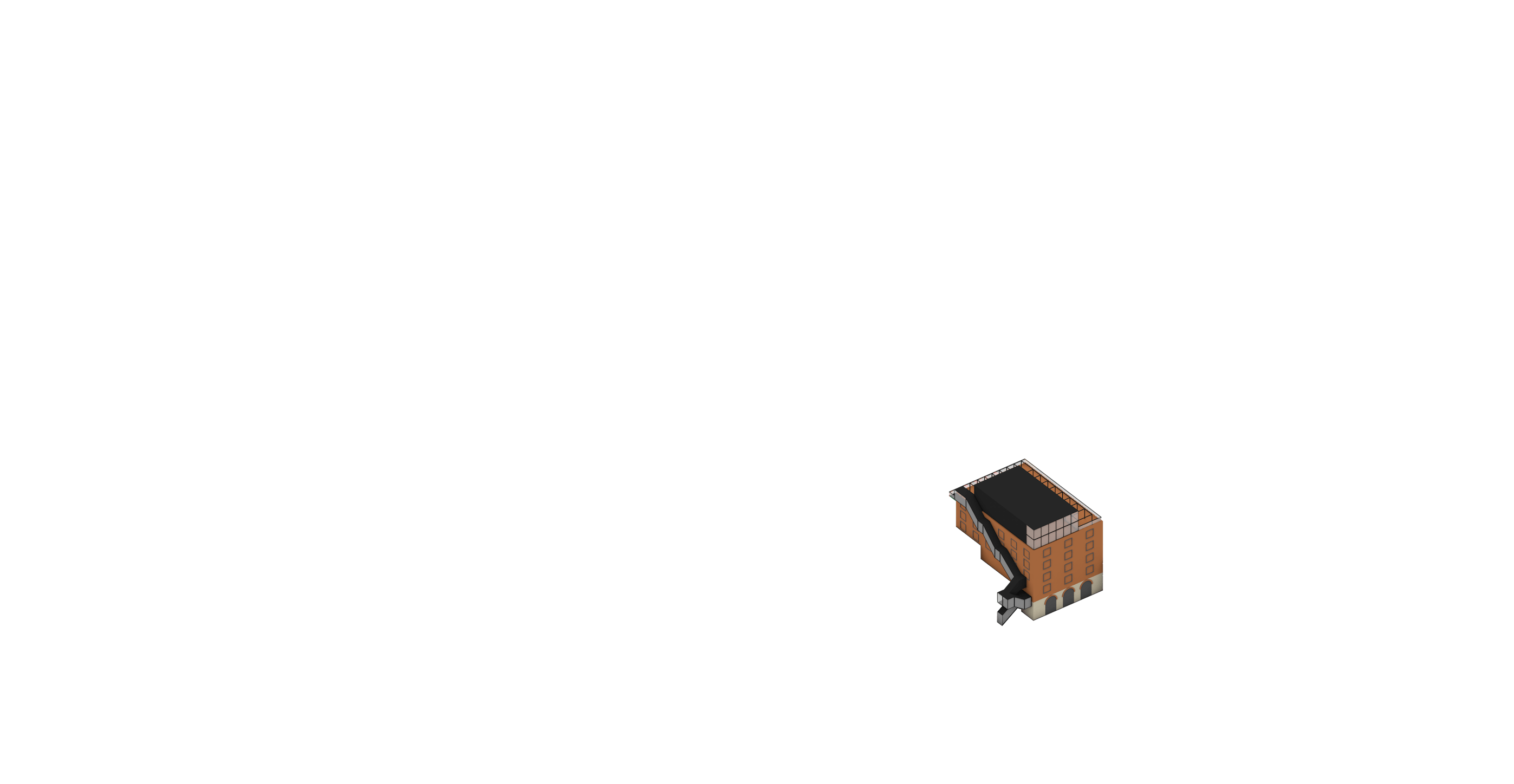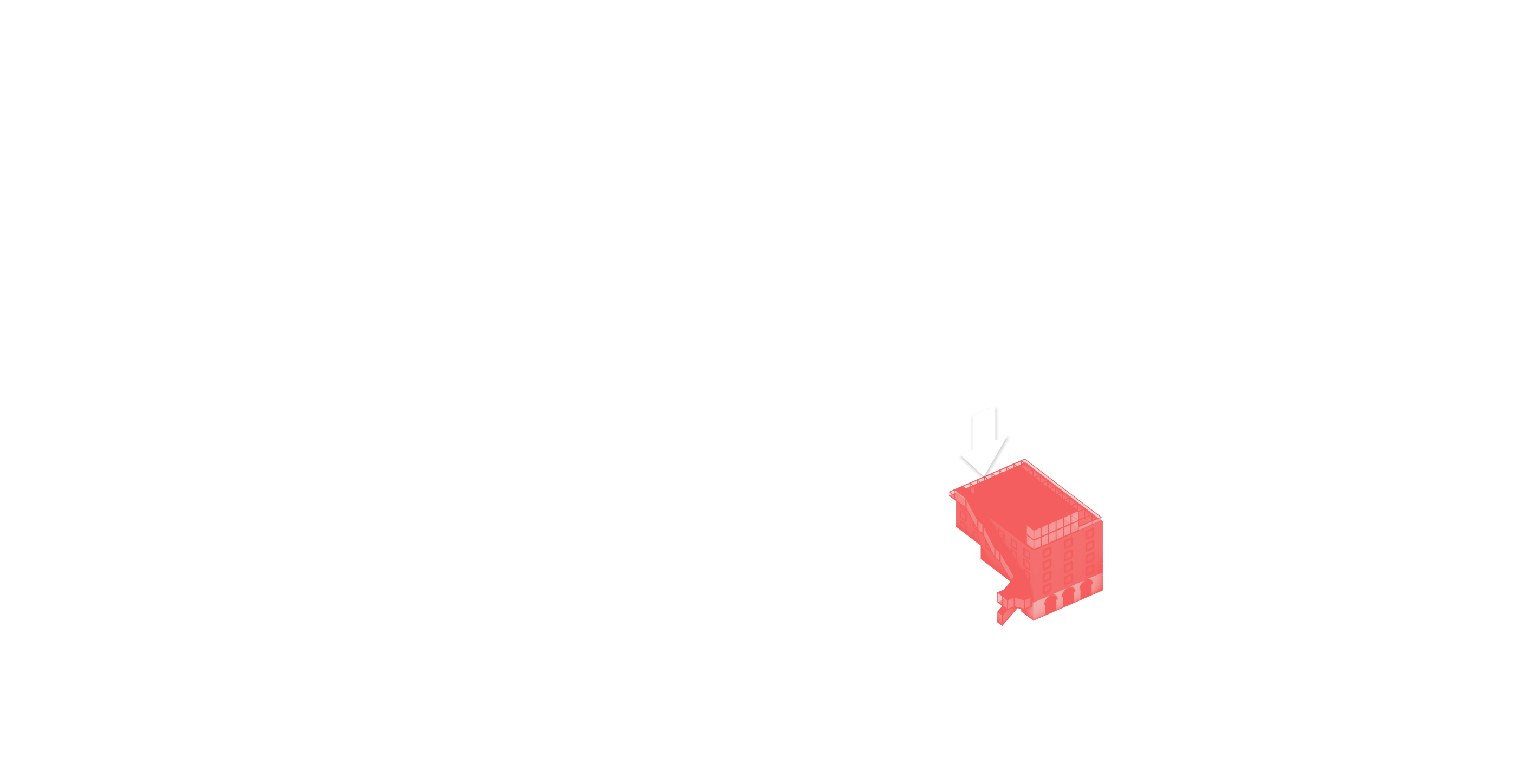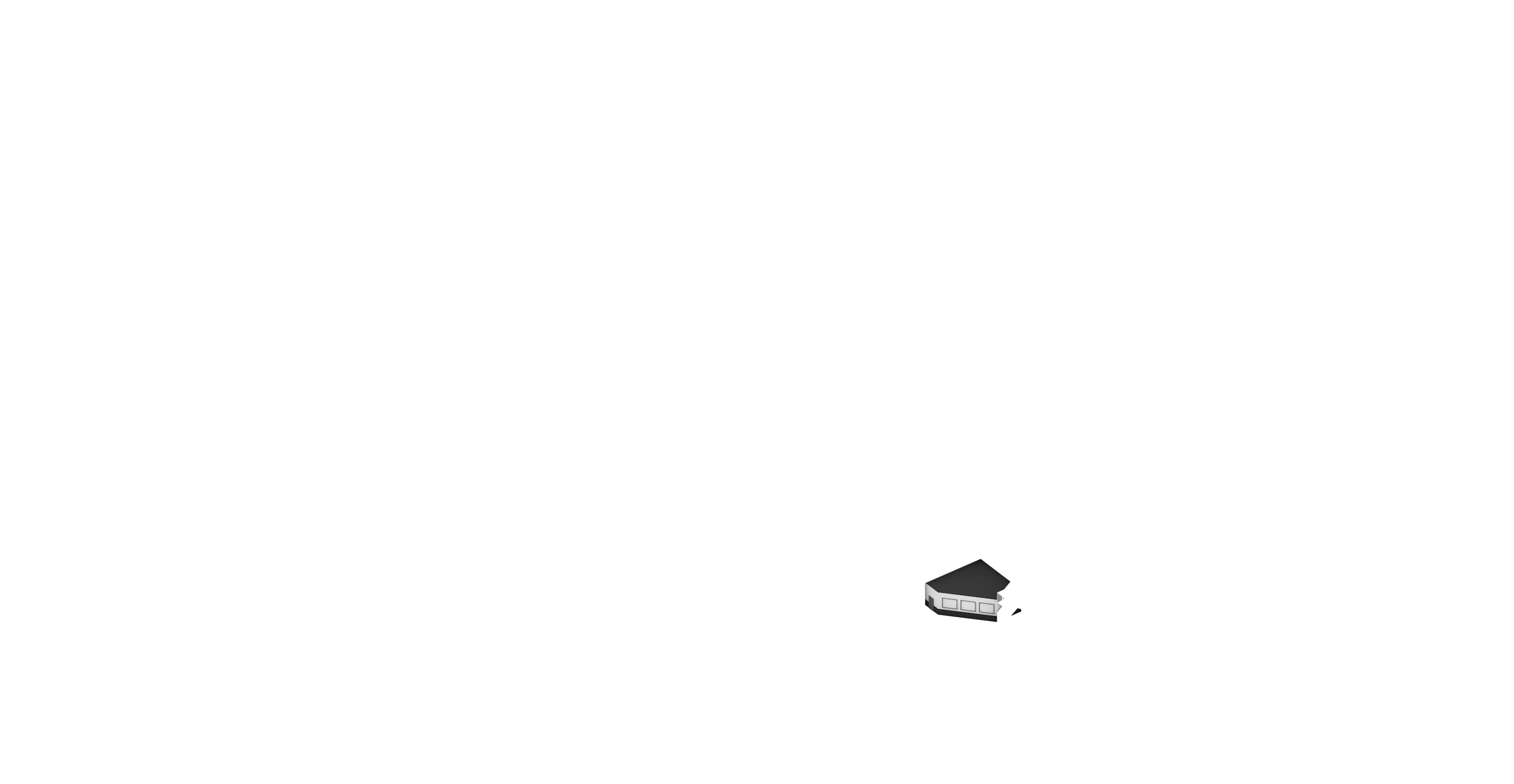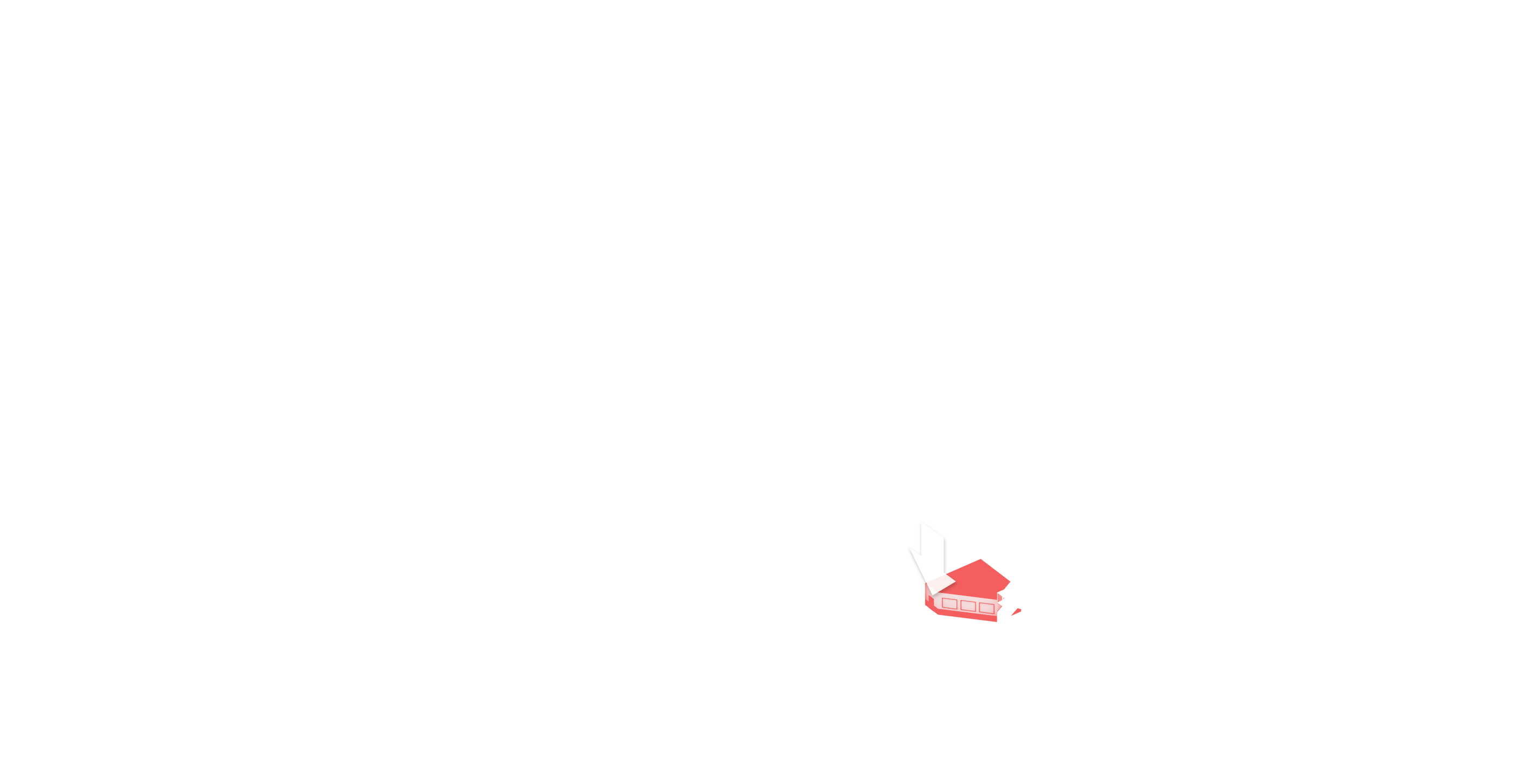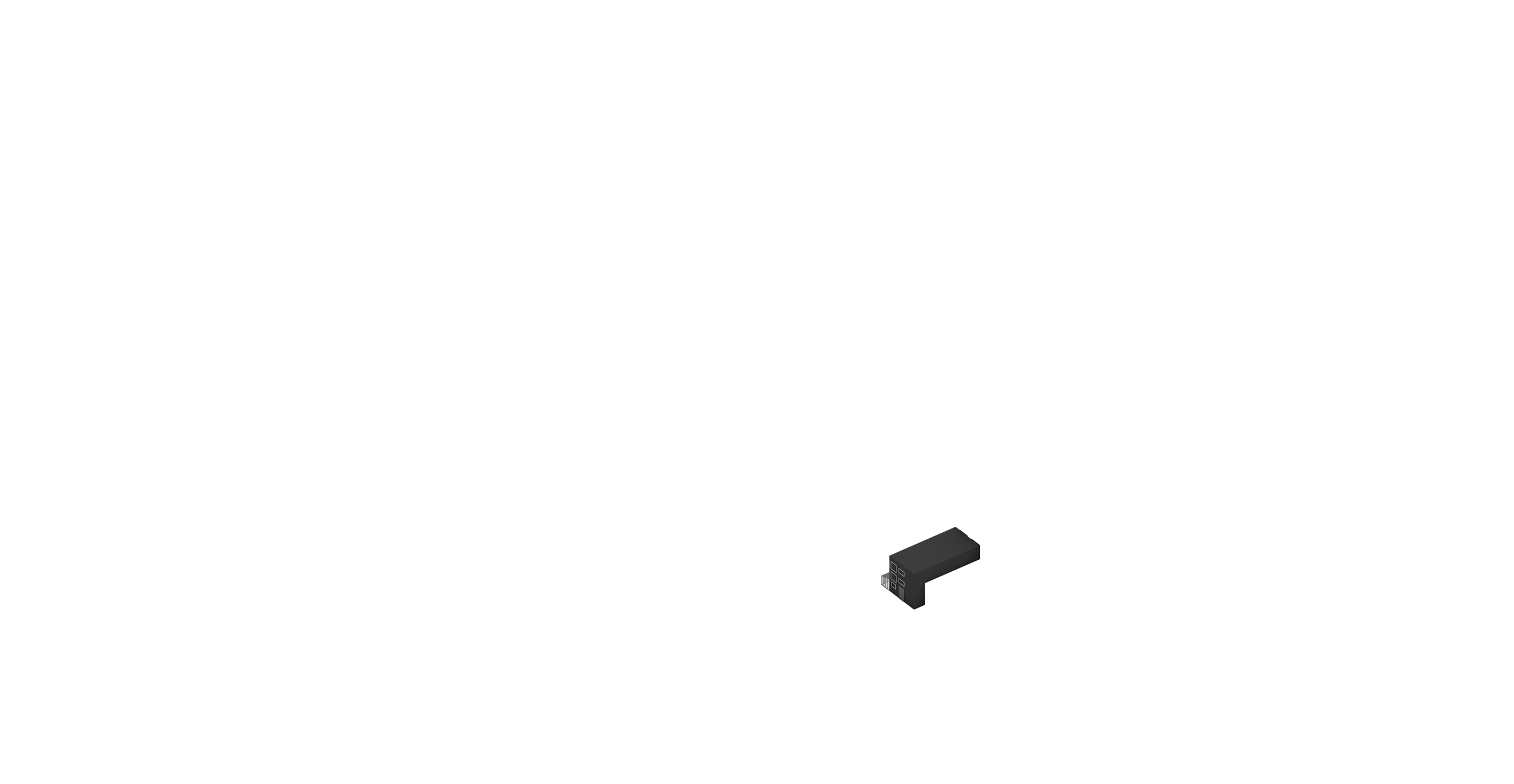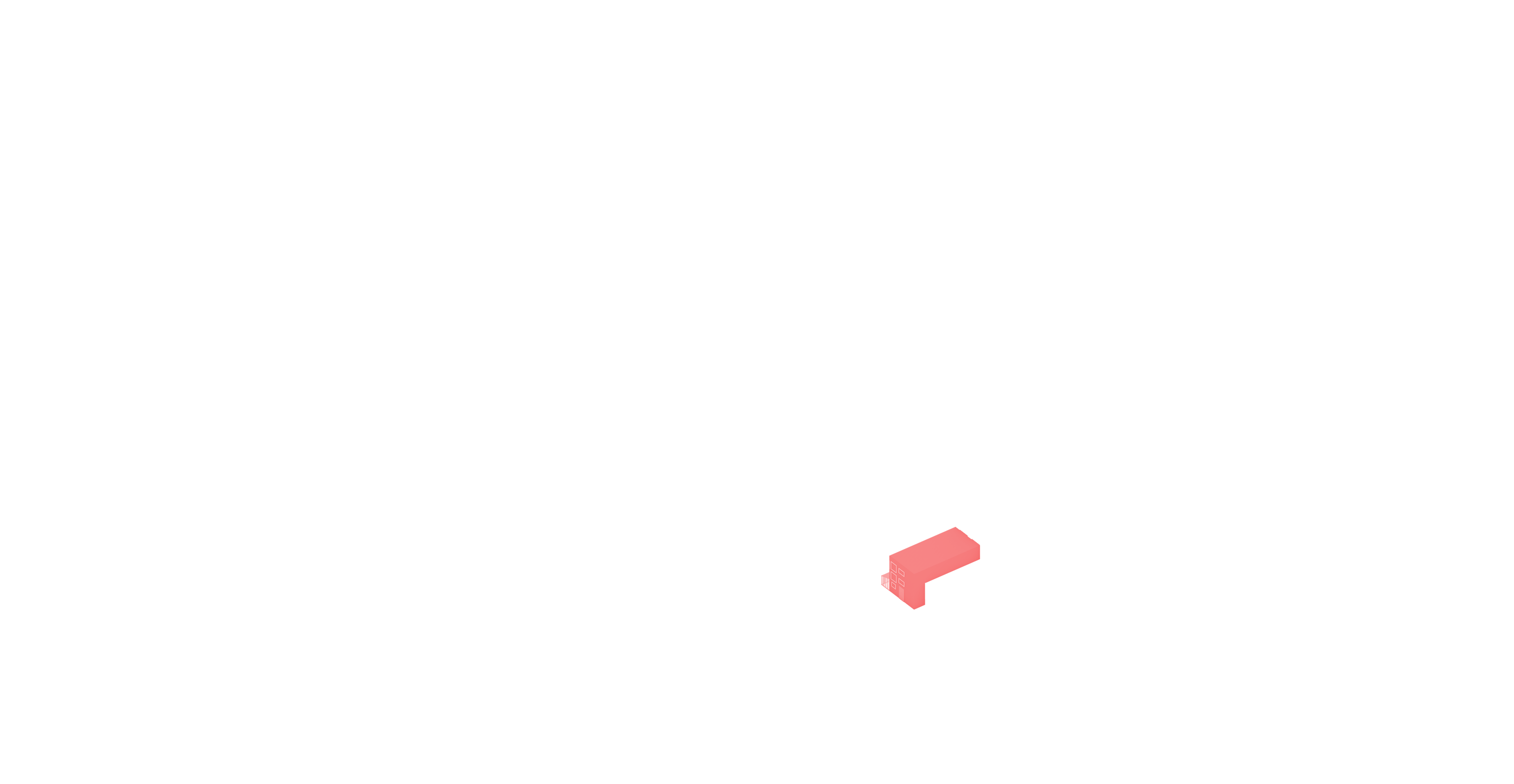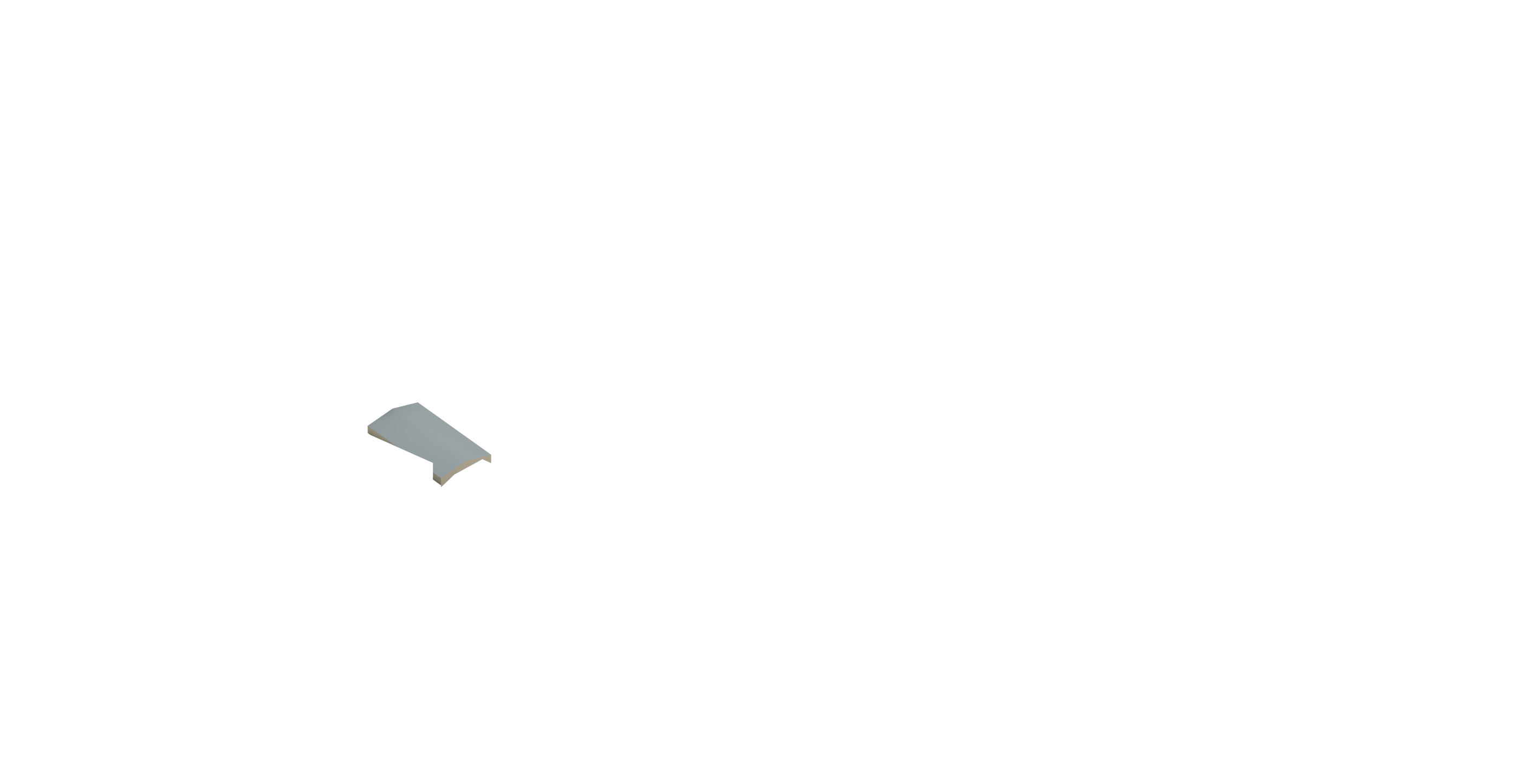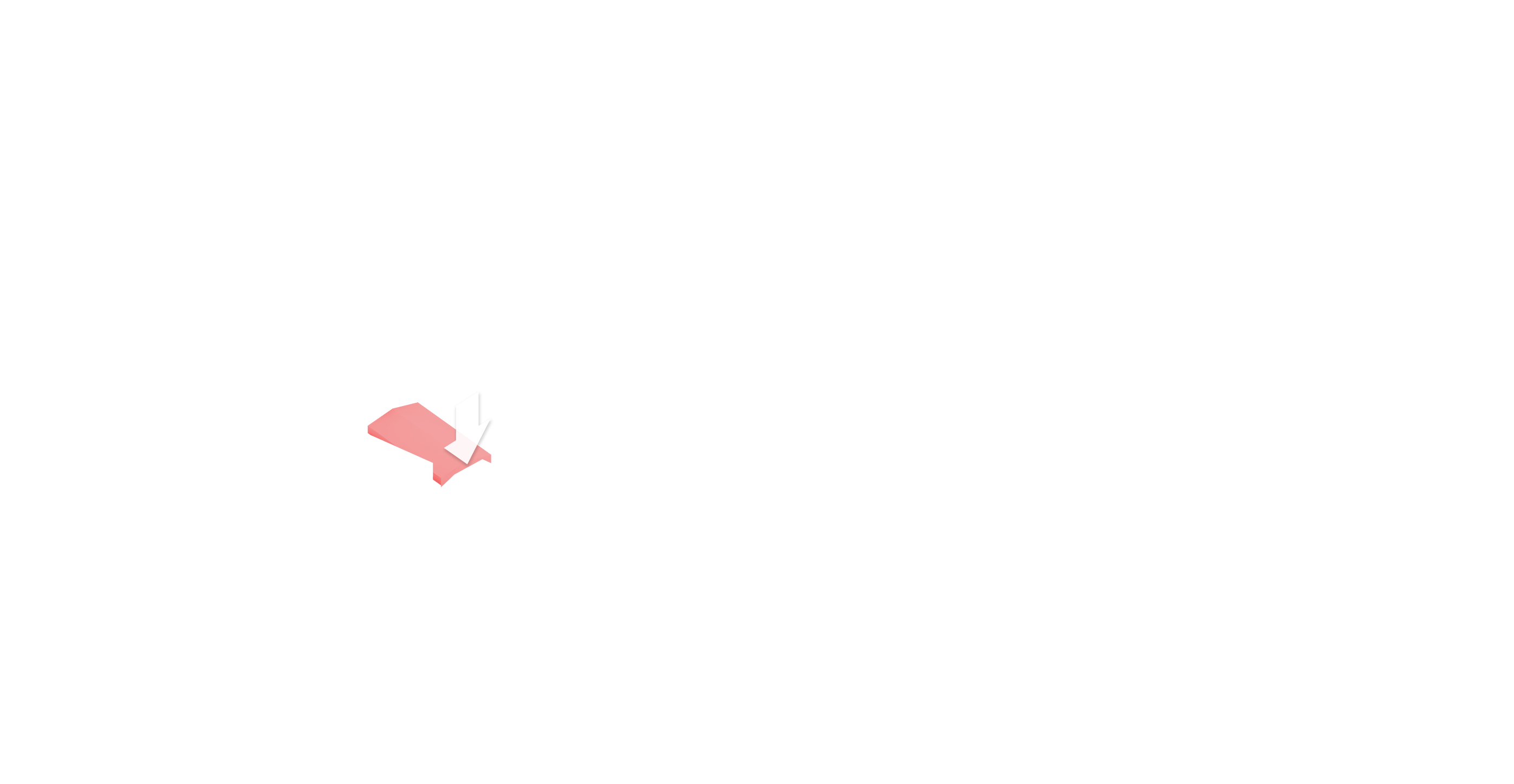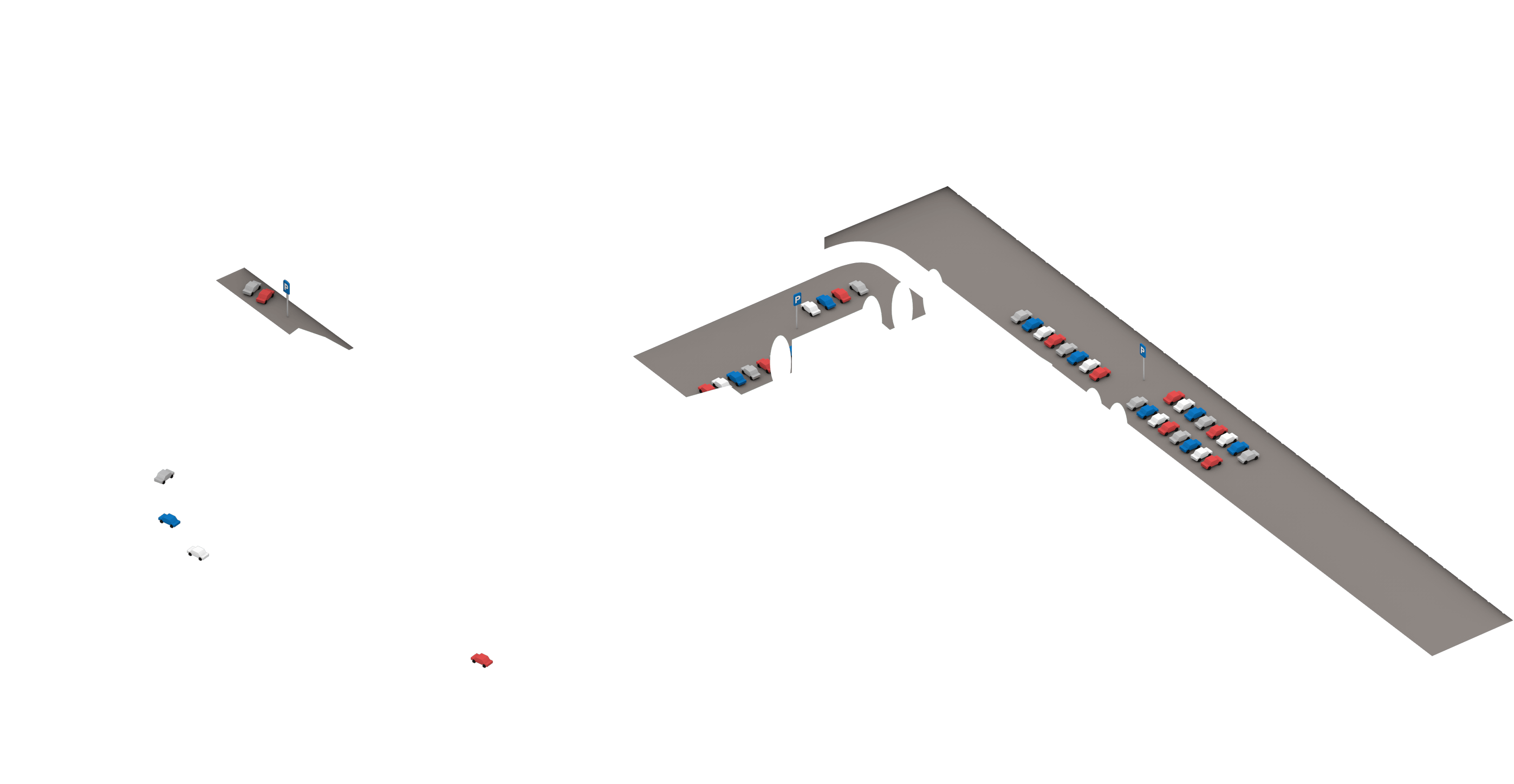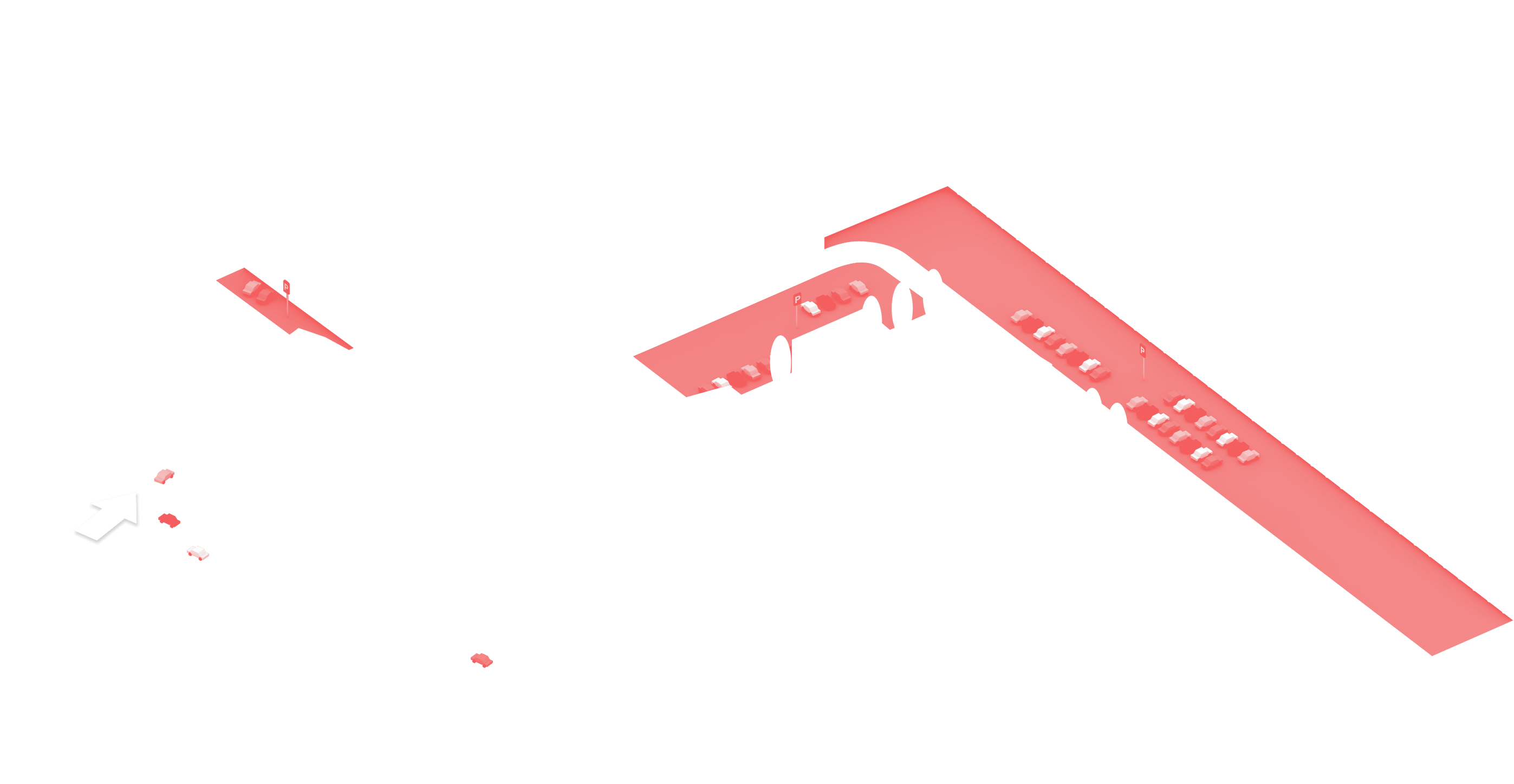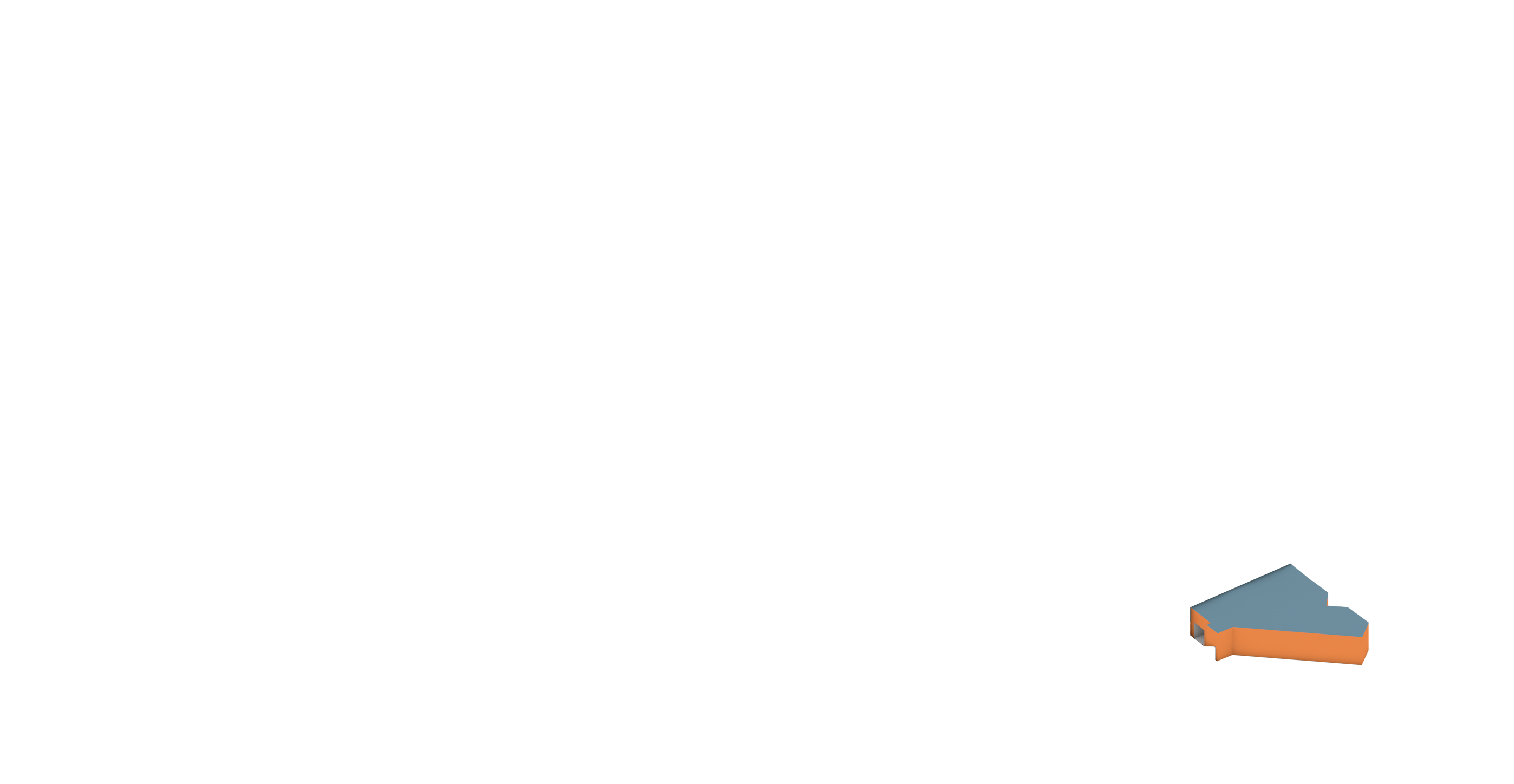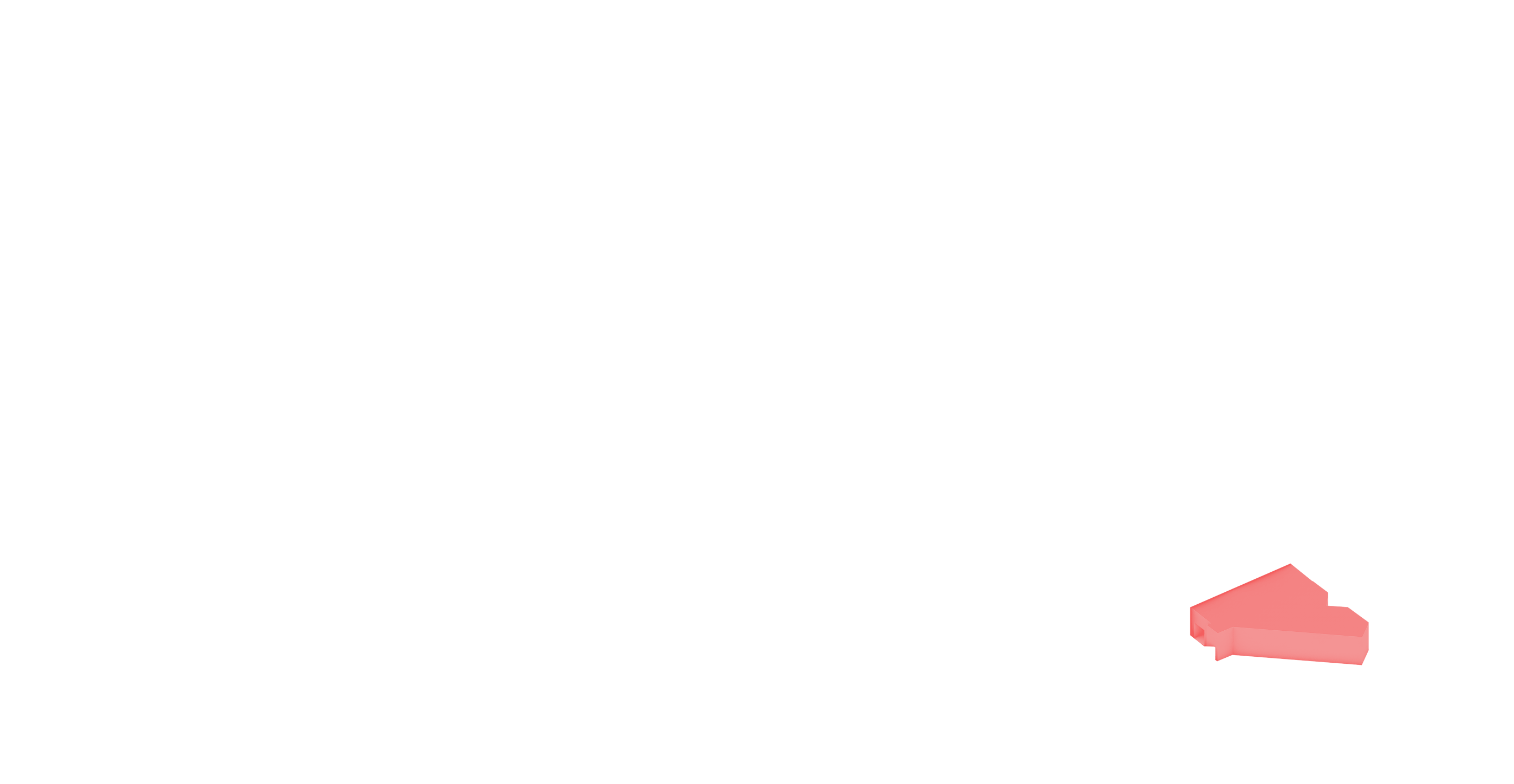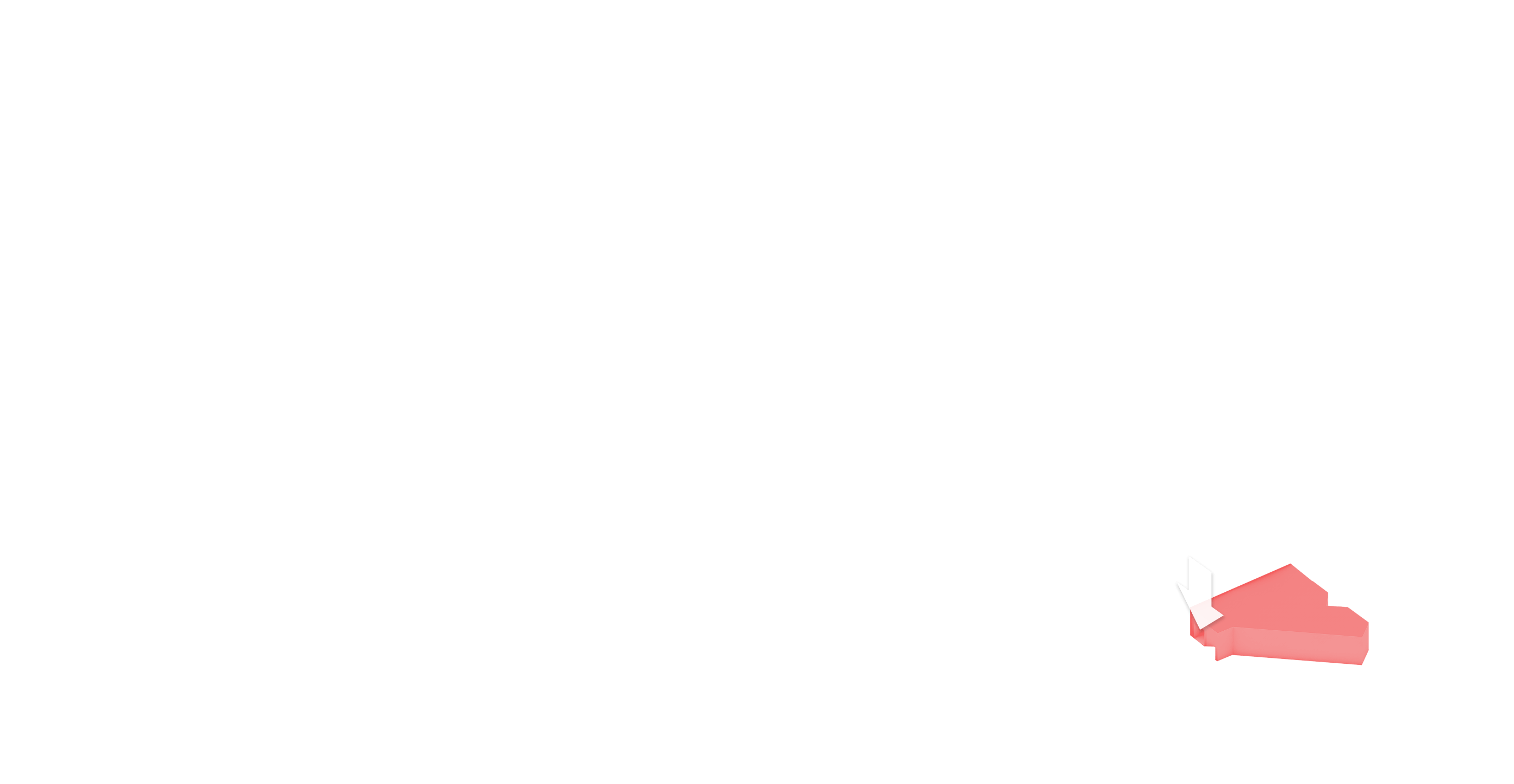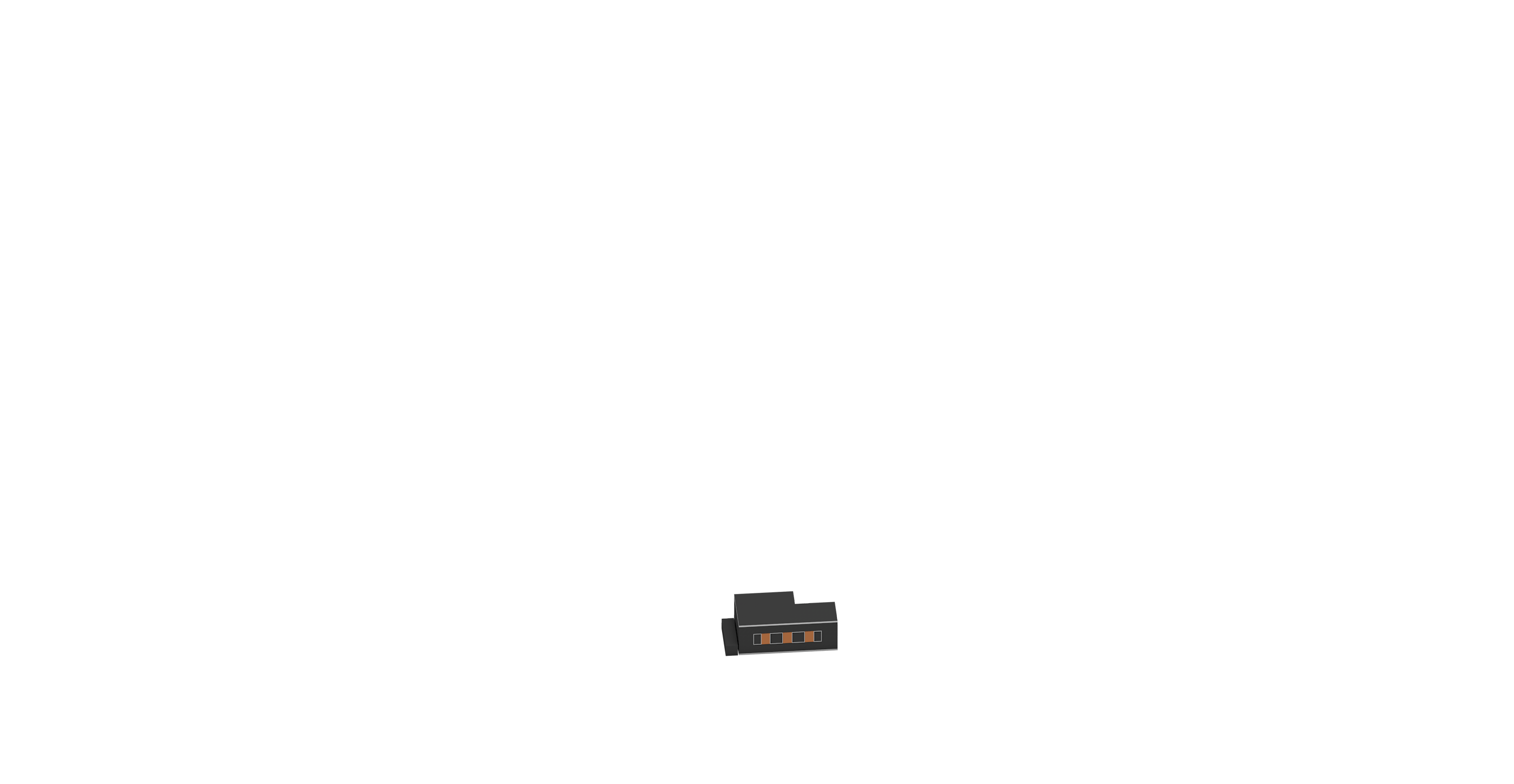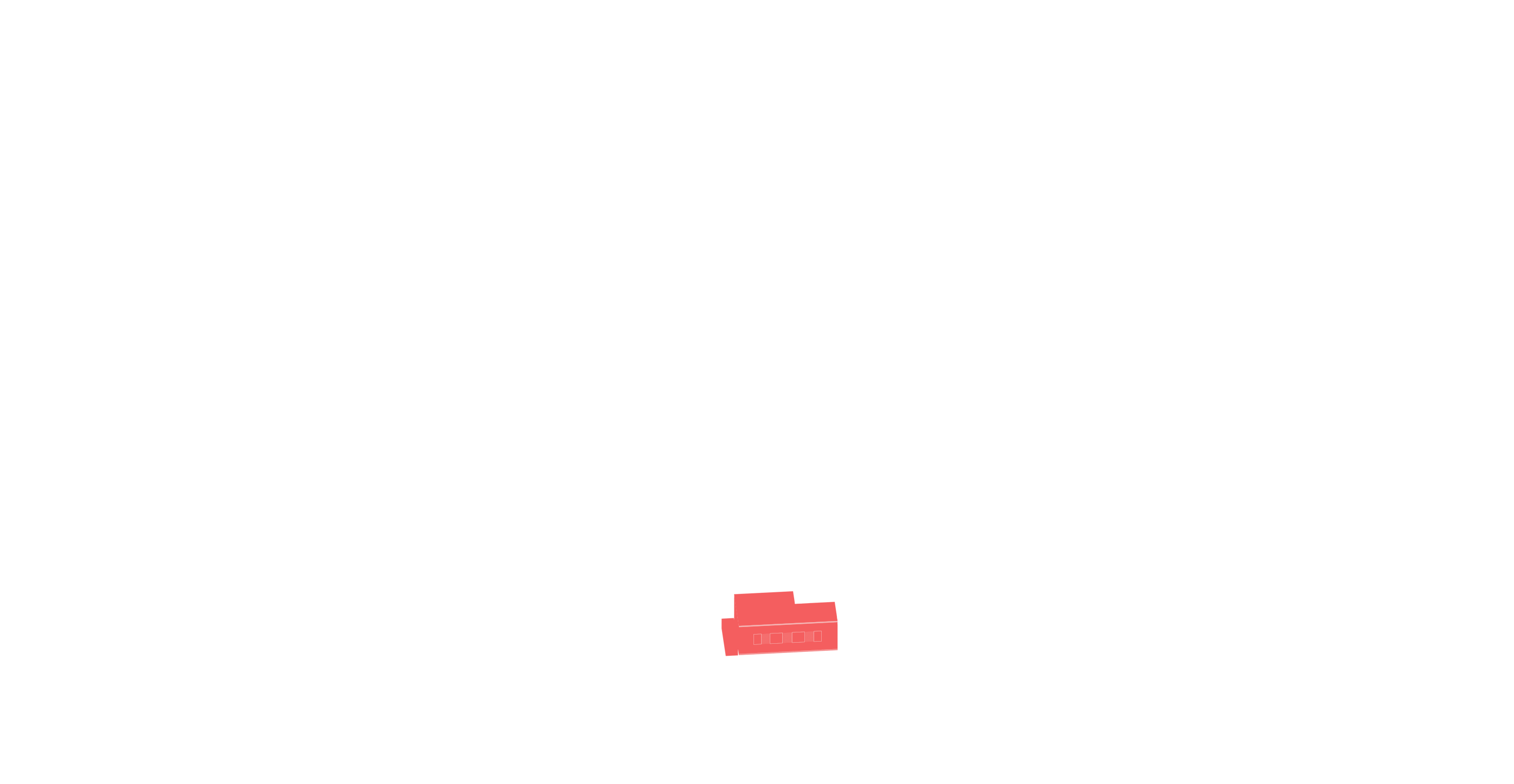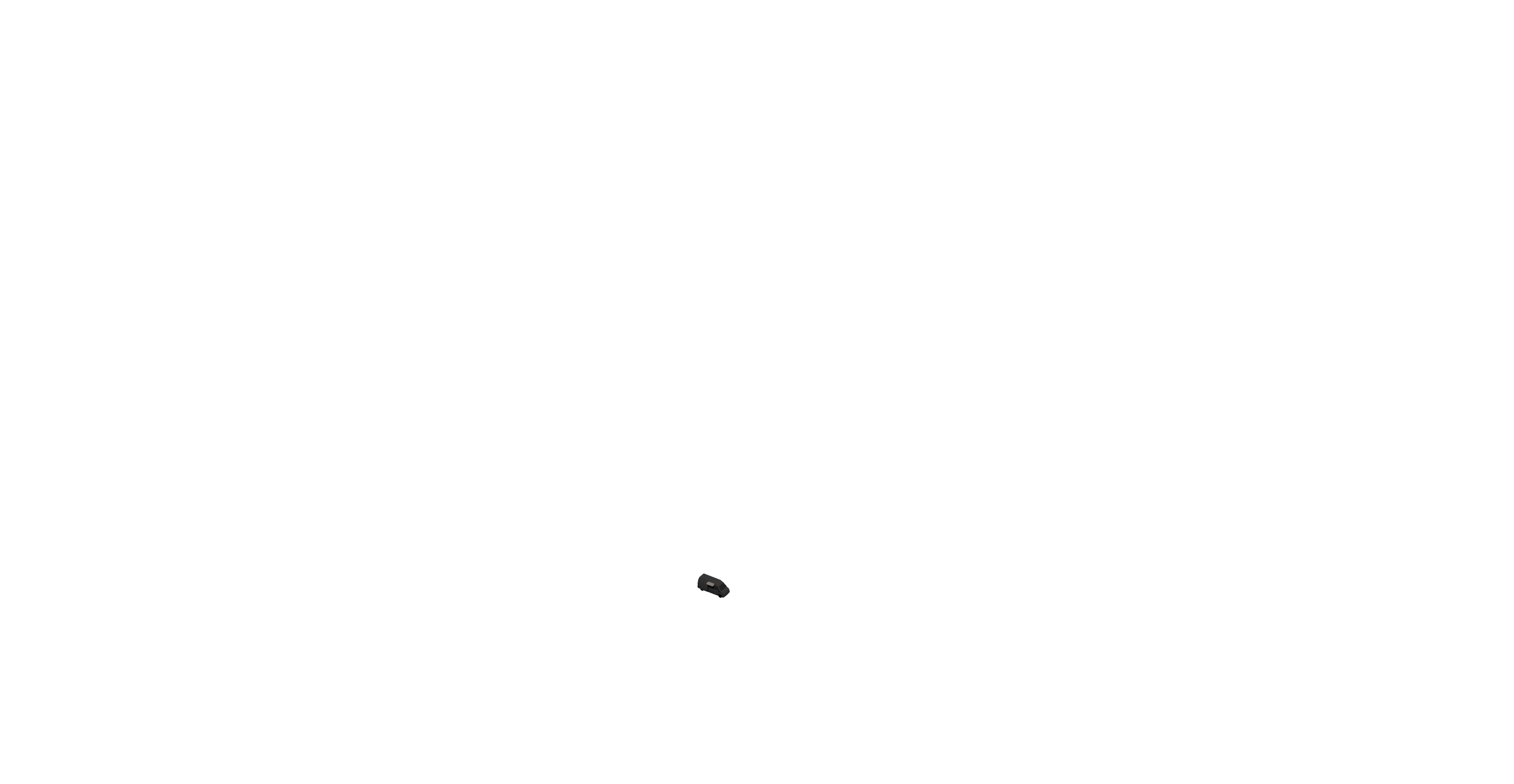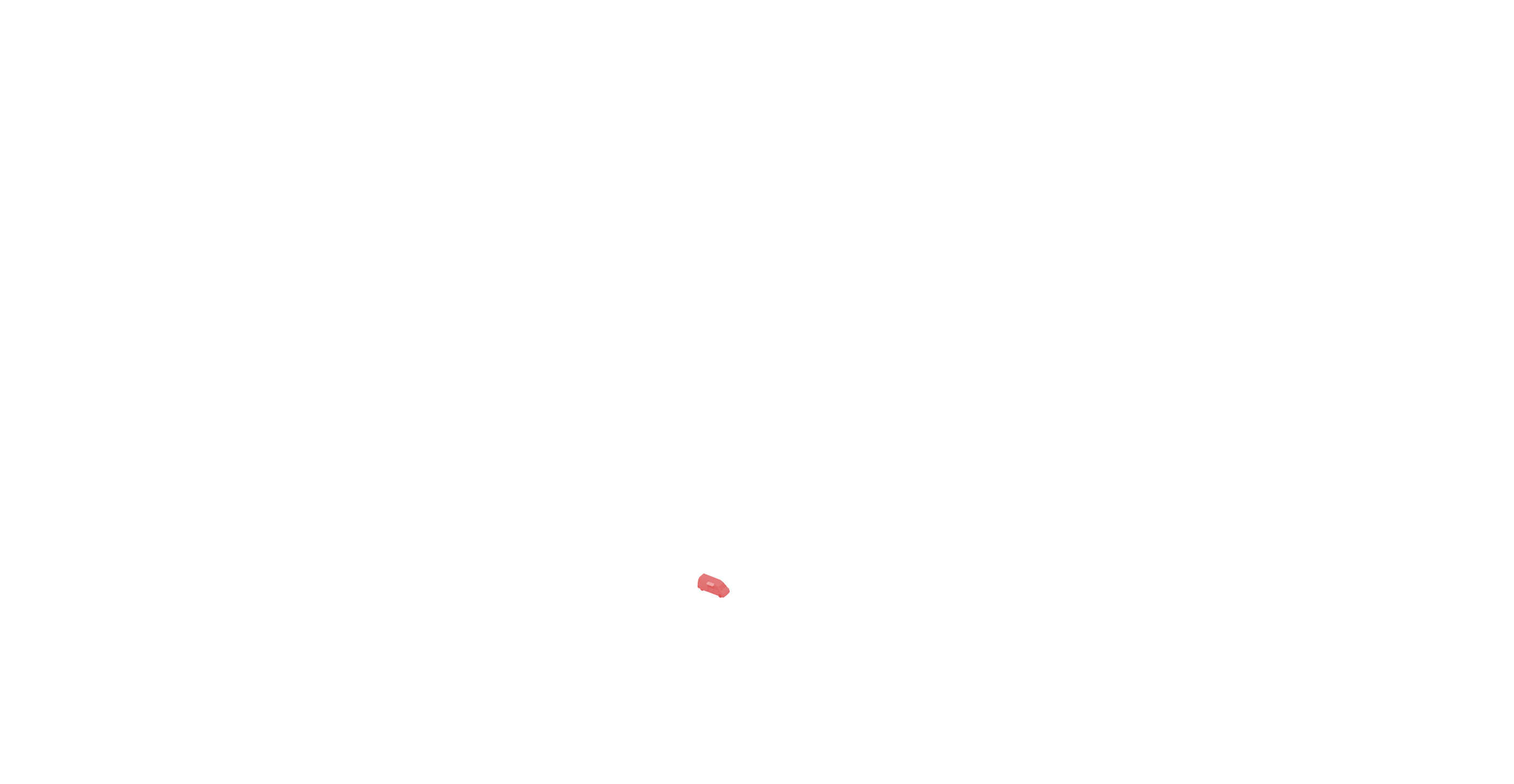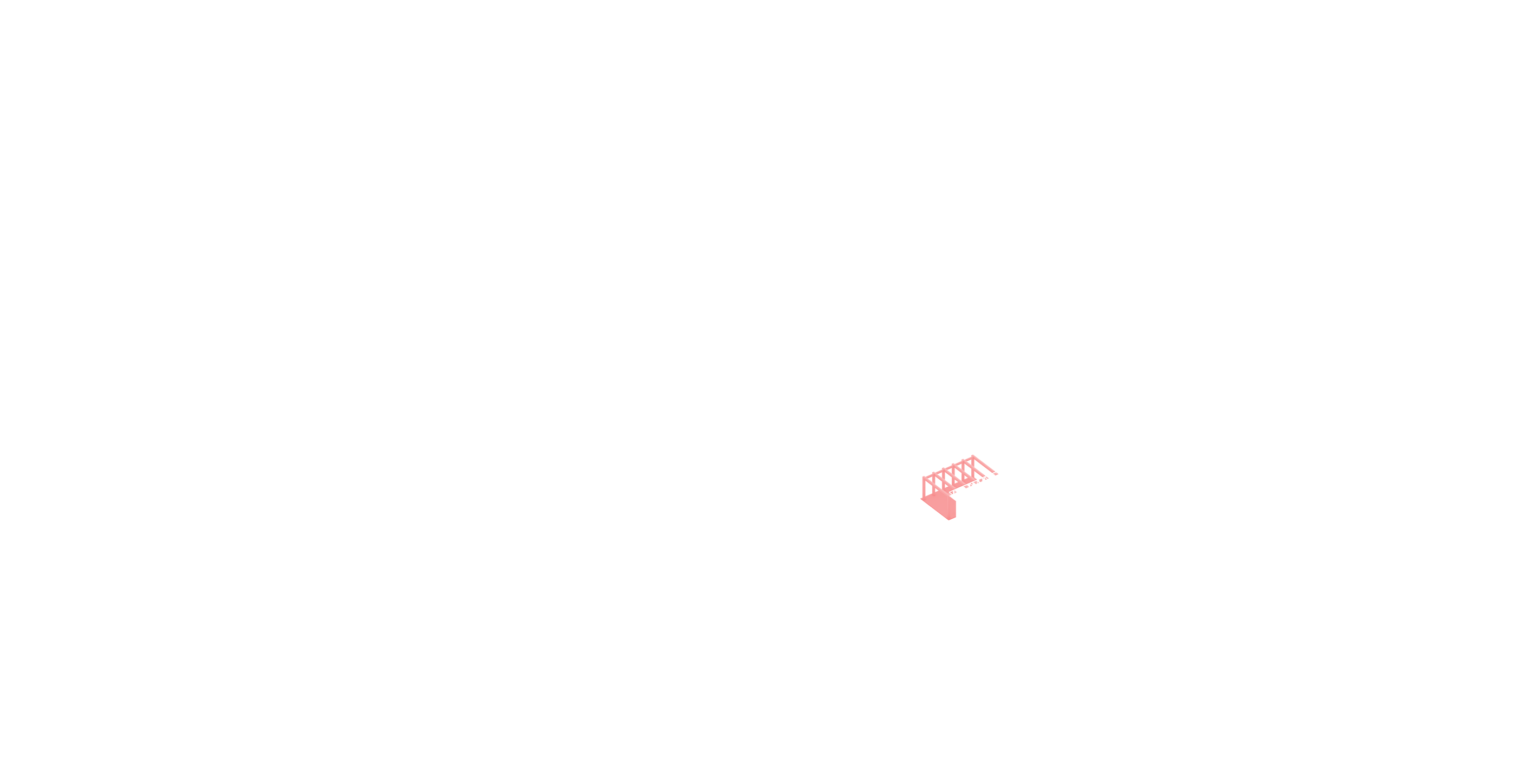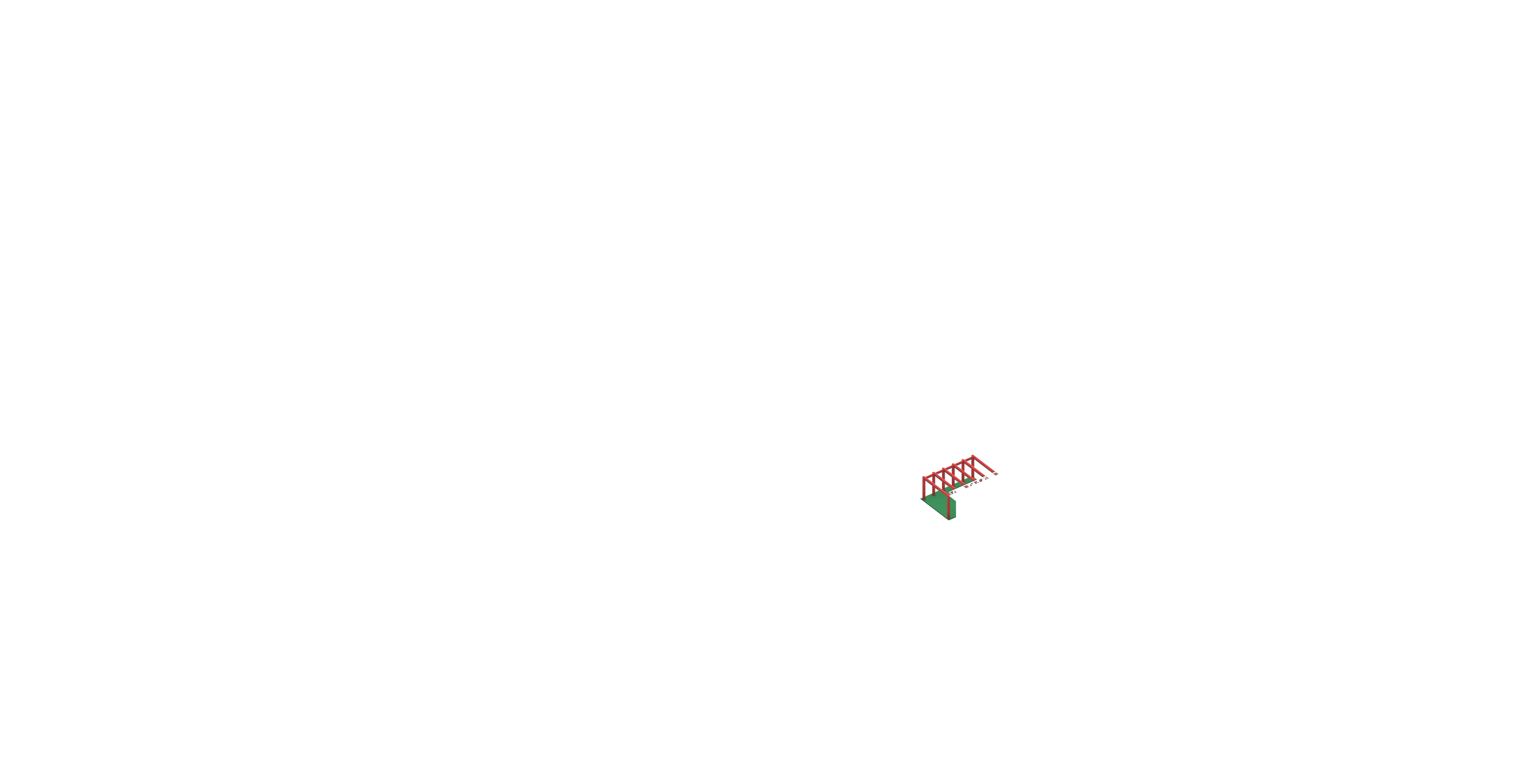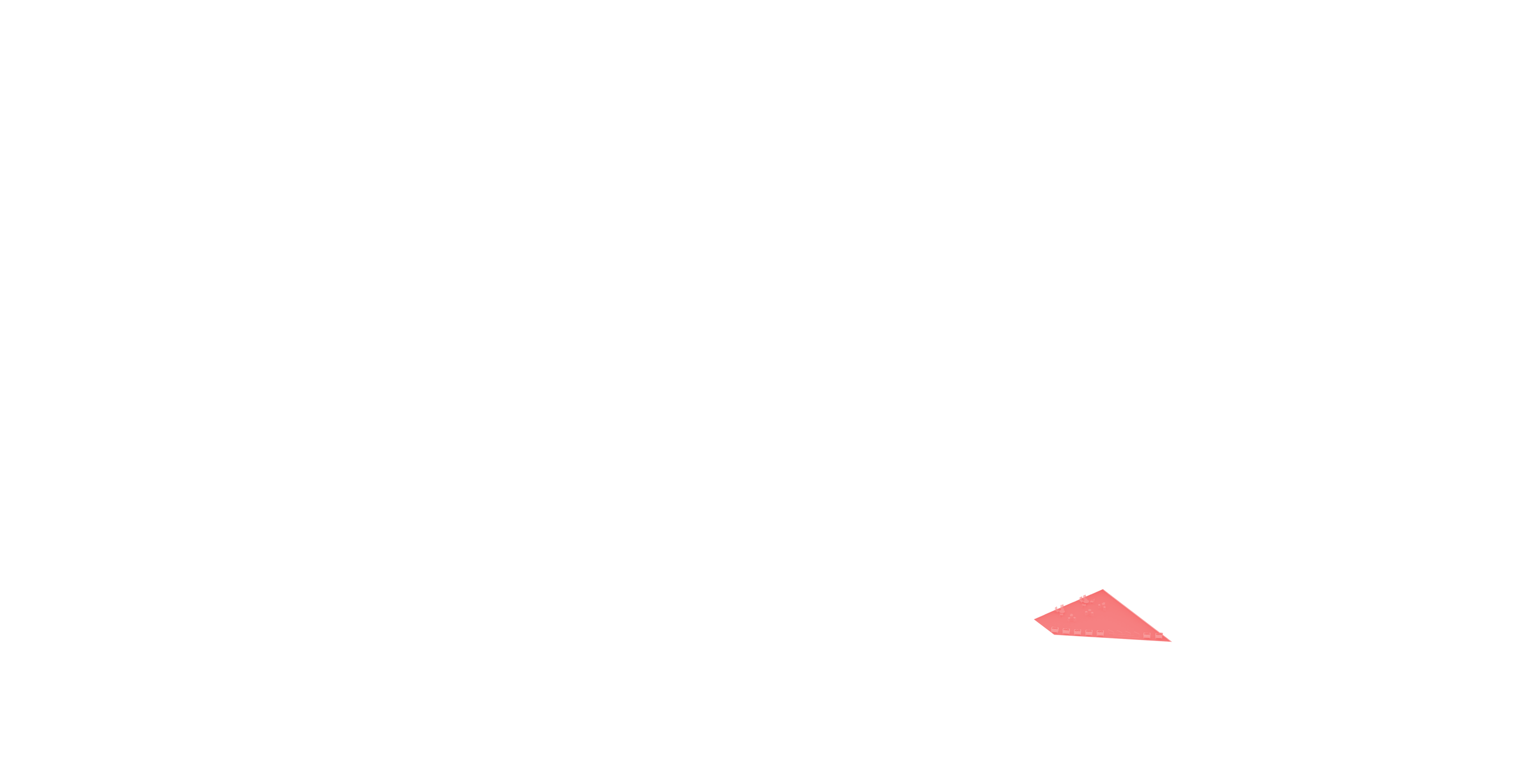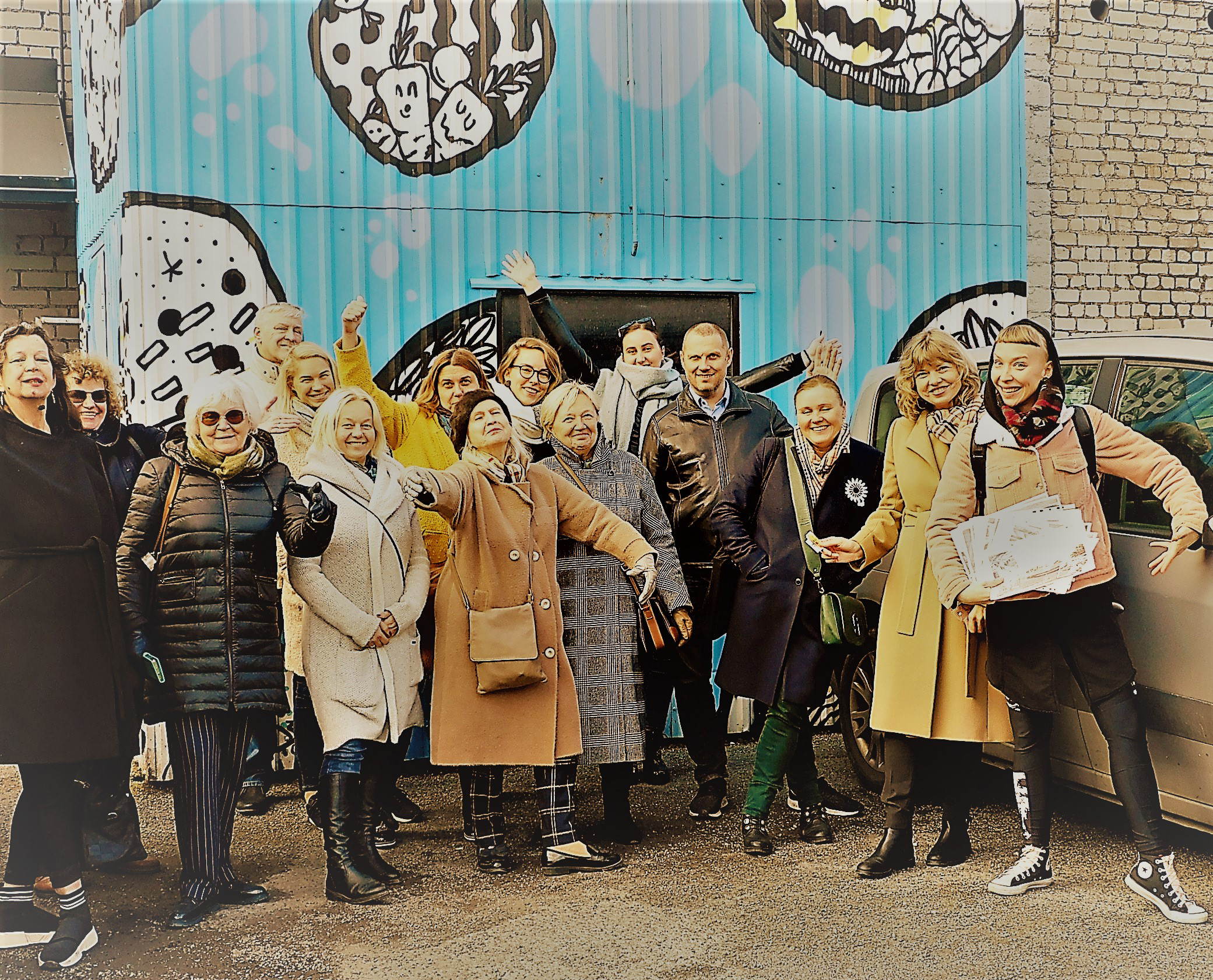
Photo exhibition “Hidden monuments”
Cave paintings, monuments and a simple “I was here” carved in the wall – these seem like a quite incomparable lot, don’t they. However, they are not that different from each other, as they all sprout from the same basis. The natural urge to express oneself and leave a mark makes one see public space like an eager painter sees their canvas. Whether “one” stands for an individual, an institution or an entire regime, they always use public space as a medium, thus a monument, a tag on a wall or a whole state-controlled architectural programme are carefully organised. Public space is a medium that can be used for searching for meaning or making a point, expressing outrage or joy, directing or influencing fellow citizens – whether by a despotic restructuring of people’s worldview or a more innocuous way of shaping how people move around by gradually changing the physical space around them. And sometimes you simply have an irresistible urge to remind yourself and others you exist.
The etymological roots of the term “monument” go back to Latin and ancient Greek, denoting “memory” and “remembrance” in both. Most of the written definitions interpret the concept as a statue, a sculptural form that is erected to commemorate an individual or an event of historic or cultural nature. If we take a moment to think about the phrase “monument”, I bet the first thing that comes to mind is a victorious man on horseback, asorrowful woman holding her dying son or suitor, a square-faced man with a pickaxe and a facial expression you do not want to mess with, an intelligent looking fellow with a book and so on. Needless to say, they are all on top of pedestals that strictly follow the canon of the day.
However, when one allows oneself to drift away from the fixed and most archaic definition of “monument”, one can discover a whole sea full of definitions. As a heritage worker and a keen fan of monumental art, I kindly welcome all of you to my own world of monuments, where I’m trying to pull a man down from a horse just for a second and show the wider range of possibilities for erecting a monument.
Texts: Anu Soojärv
Photos: Päär Keedus, Martin Siplane
